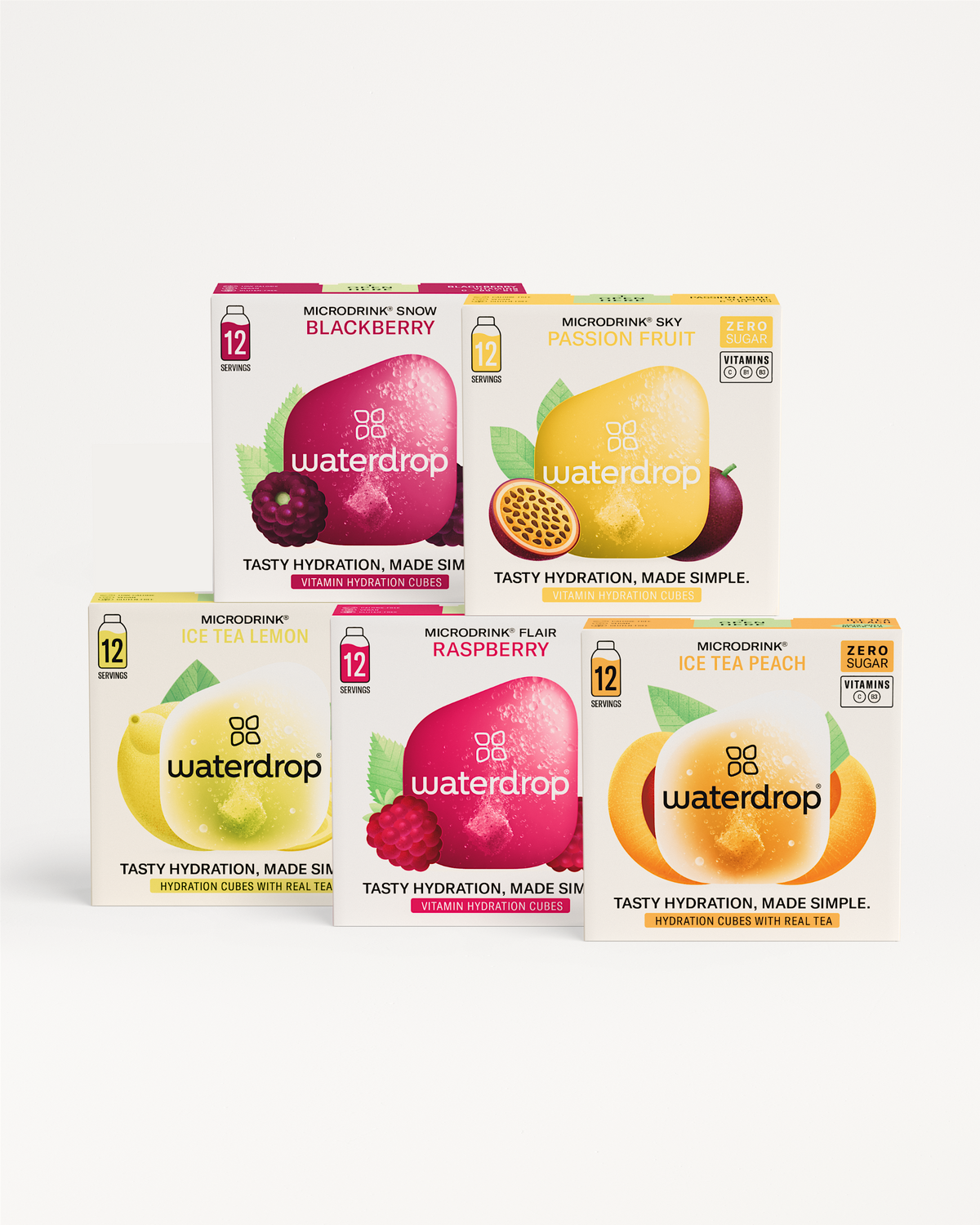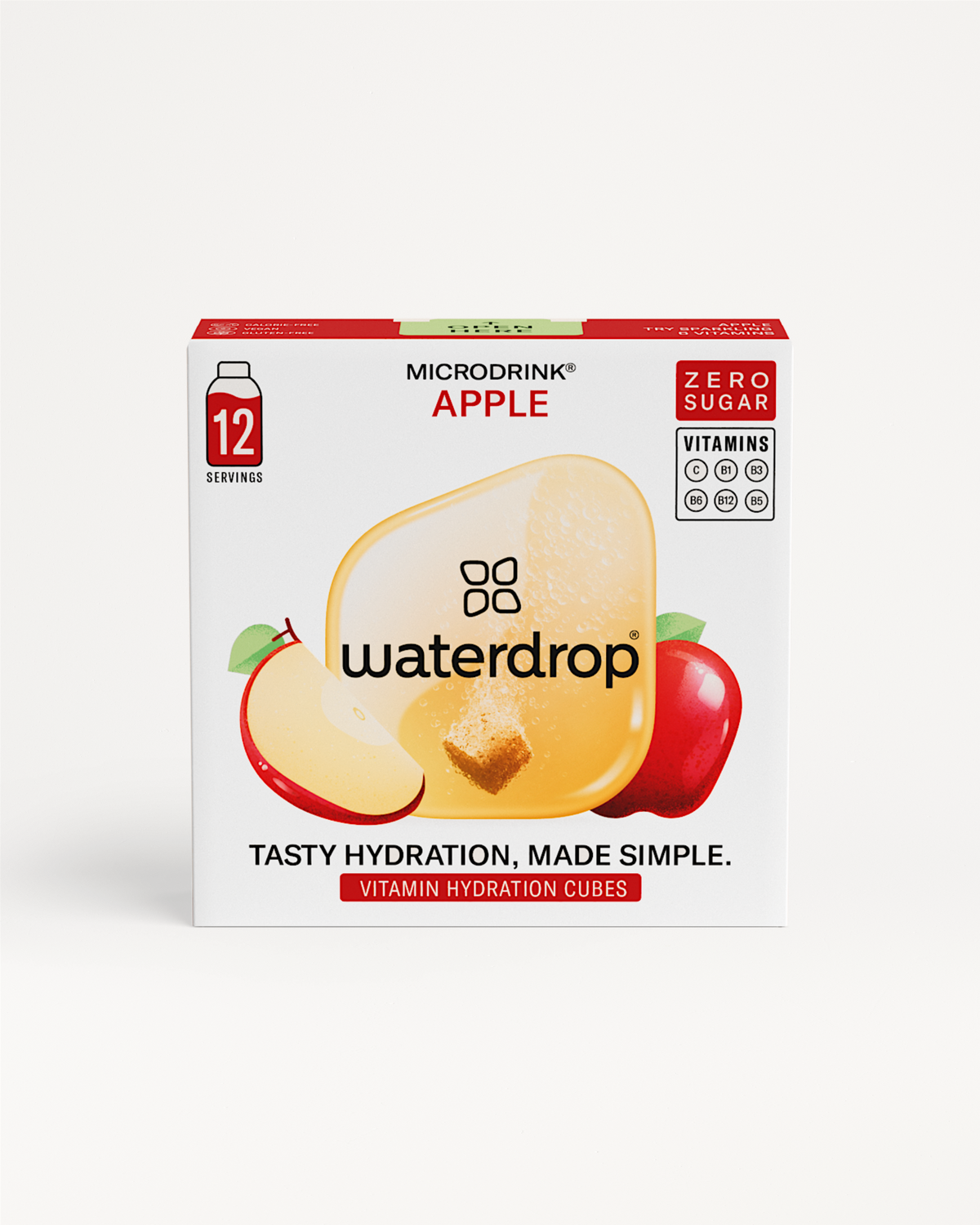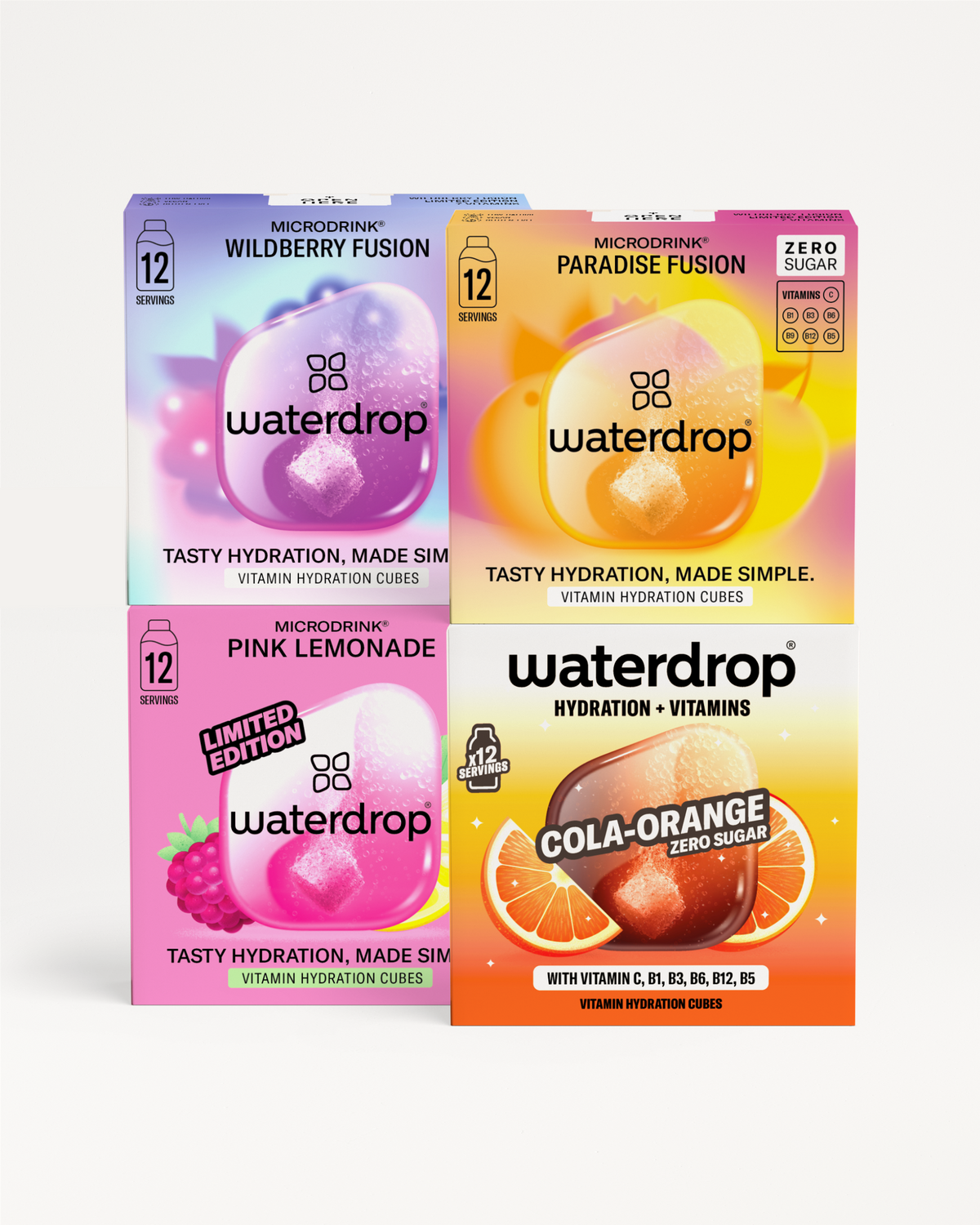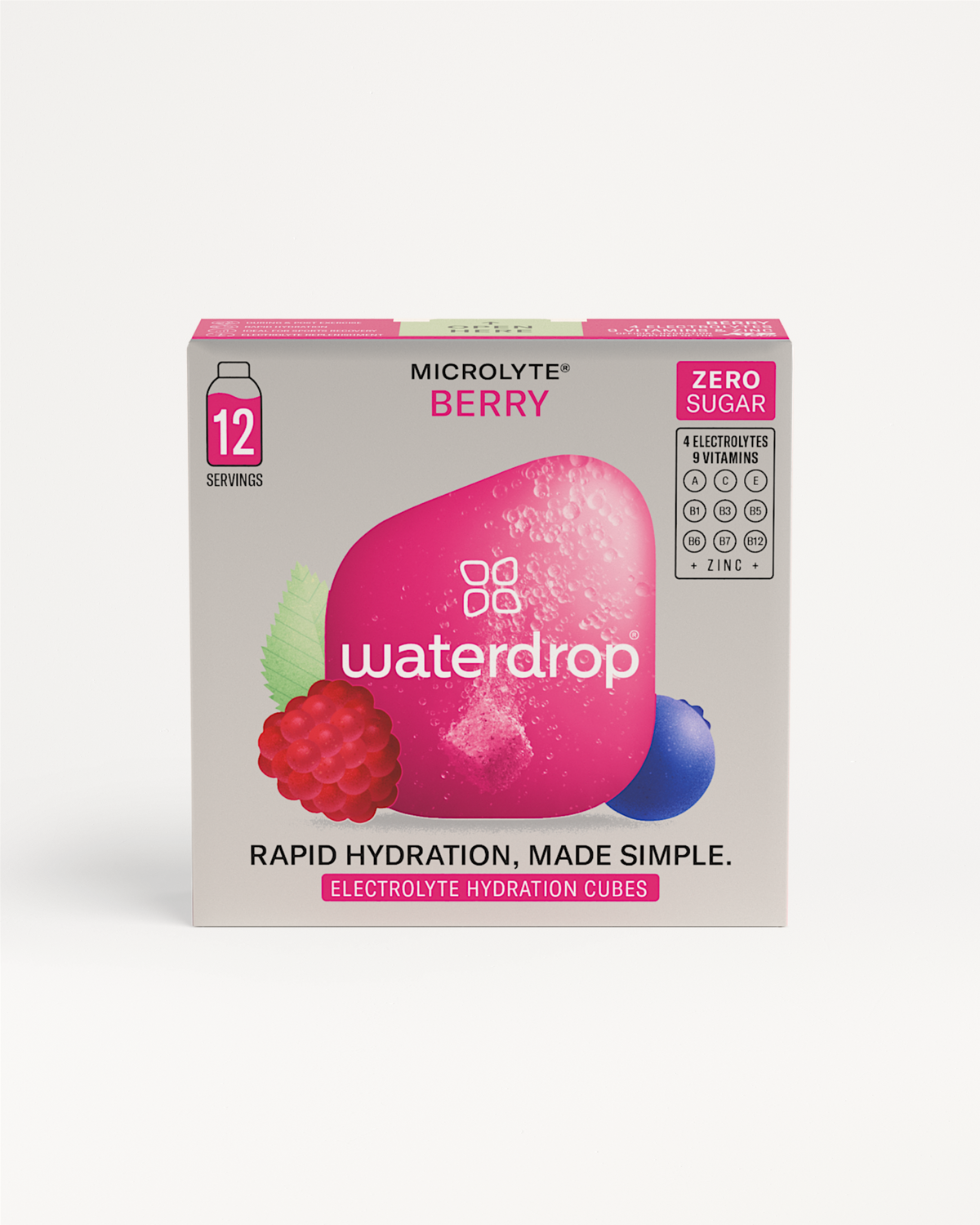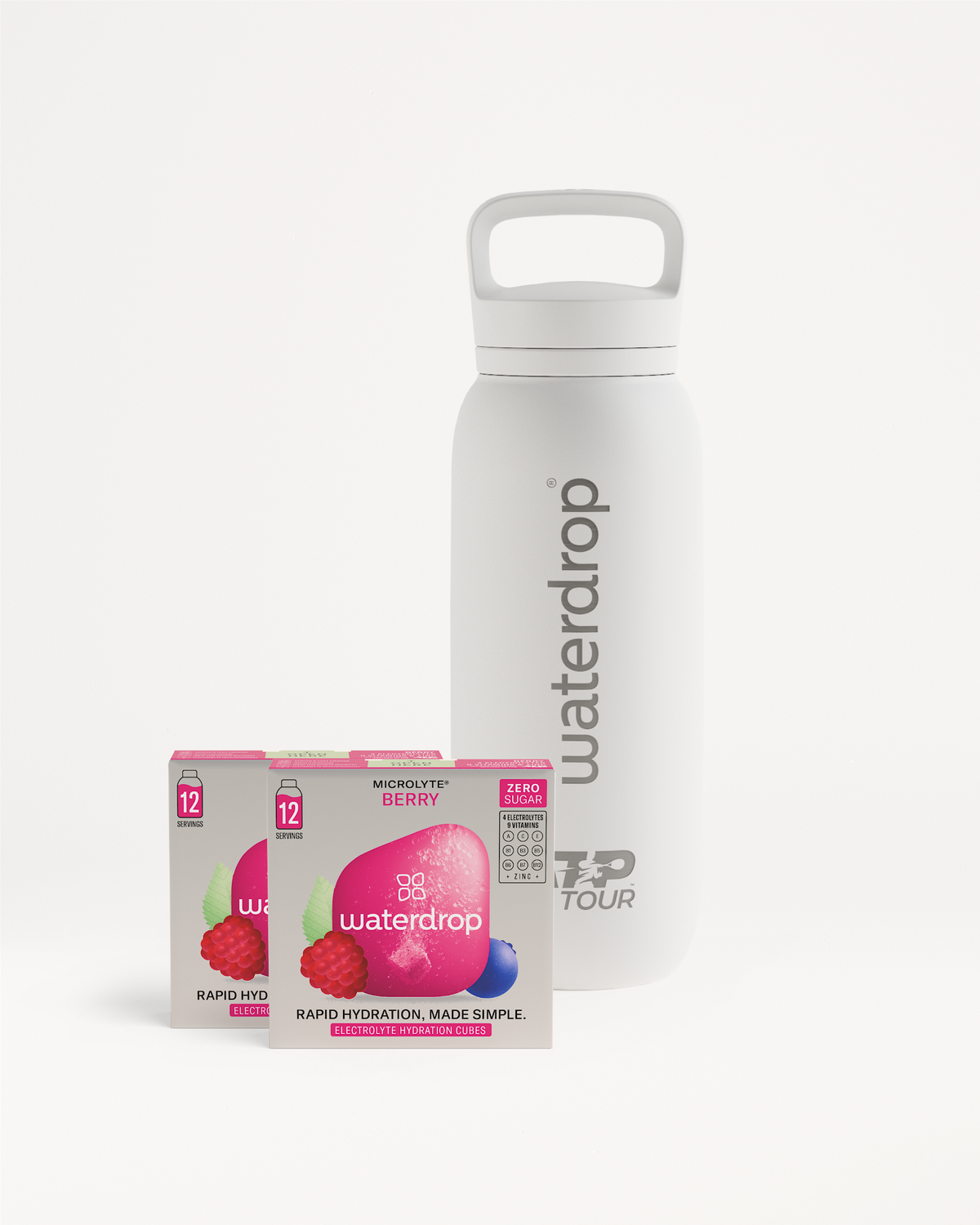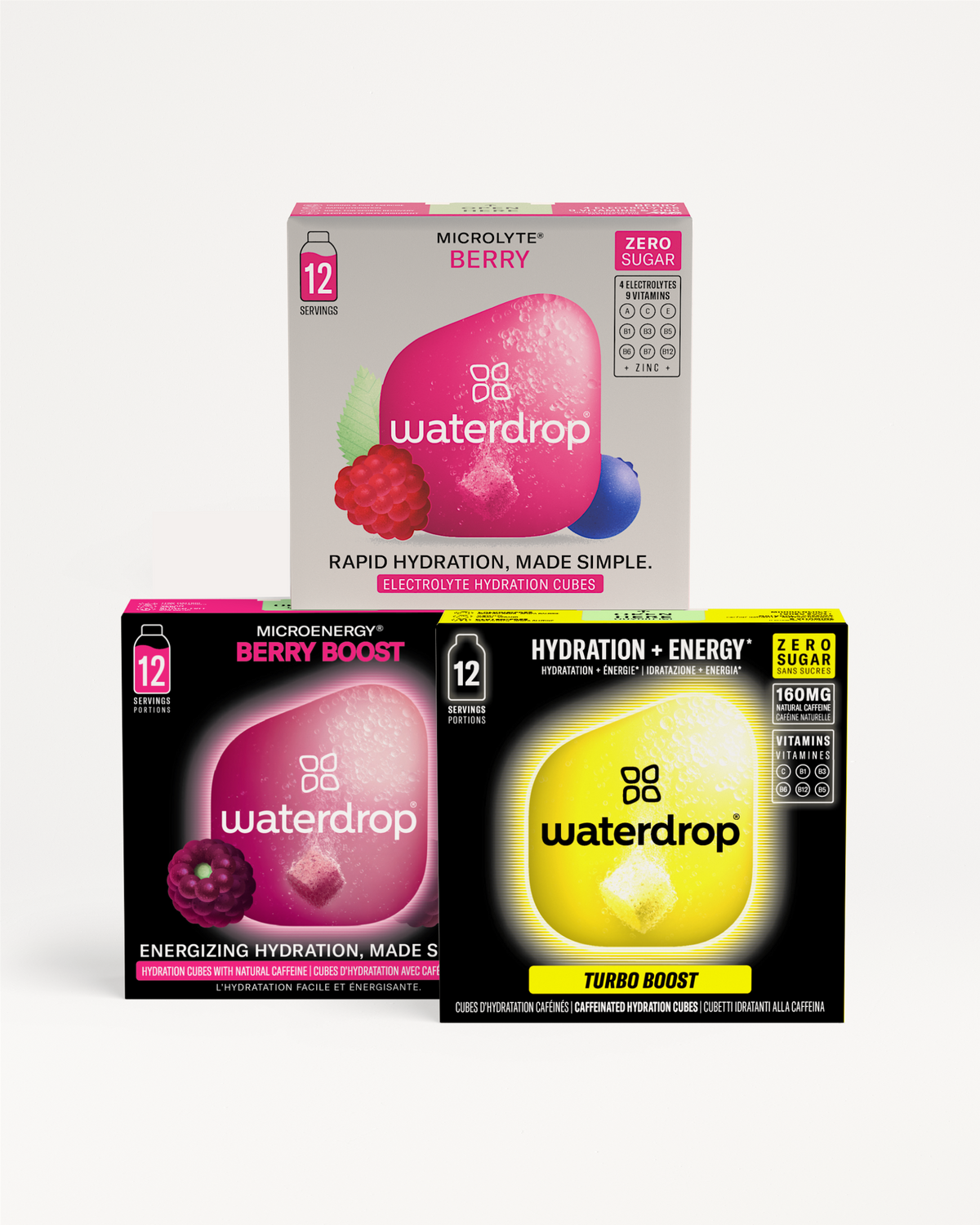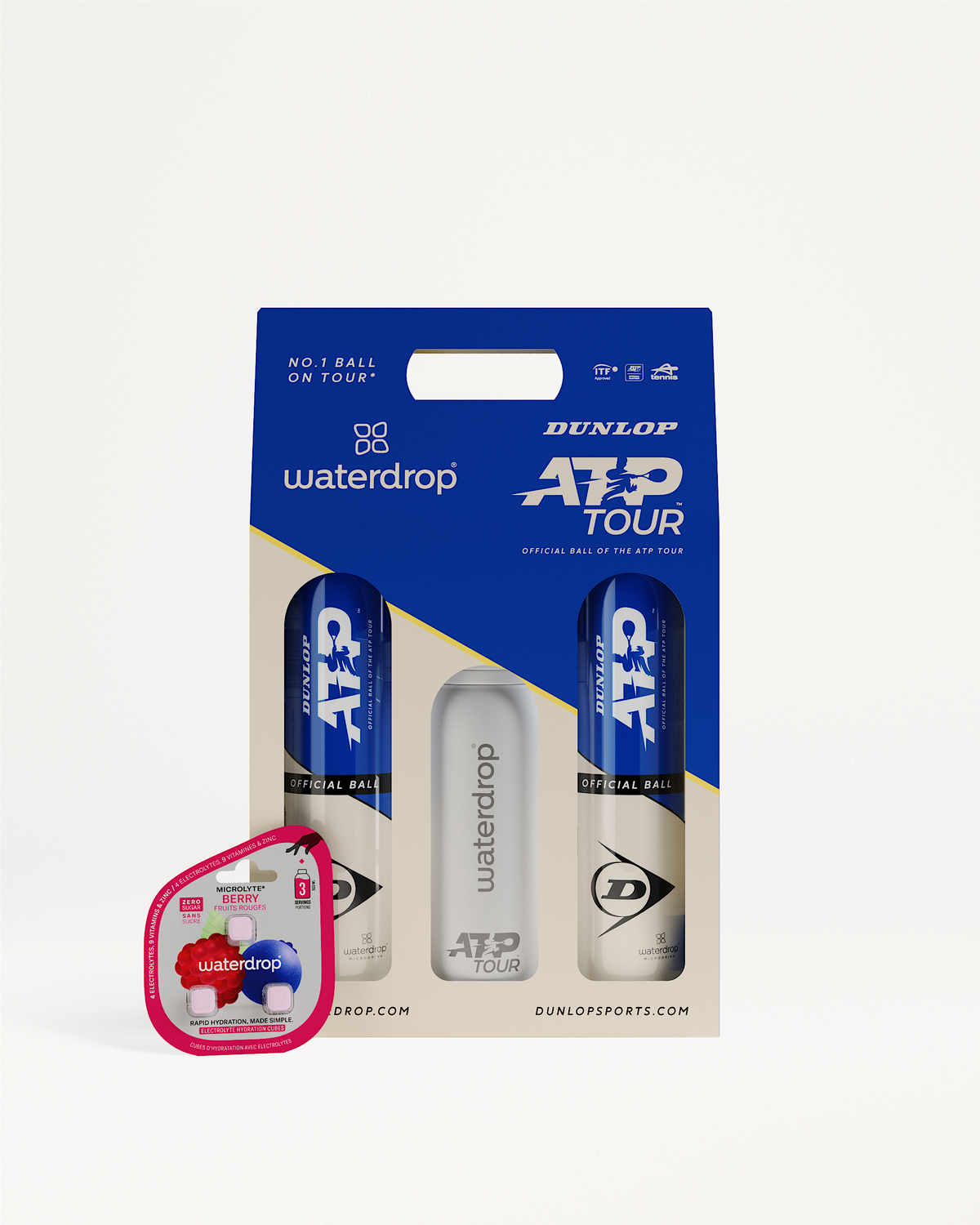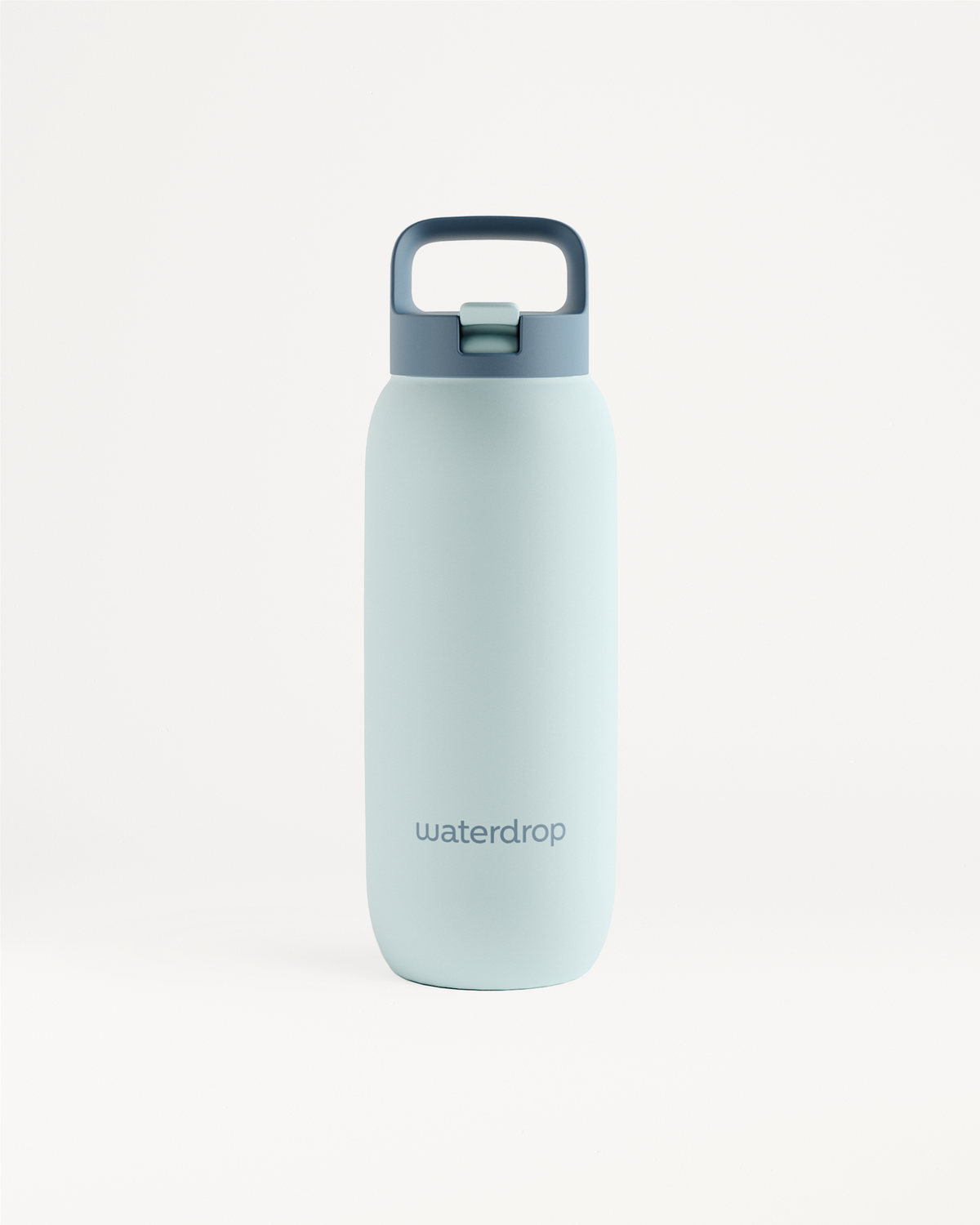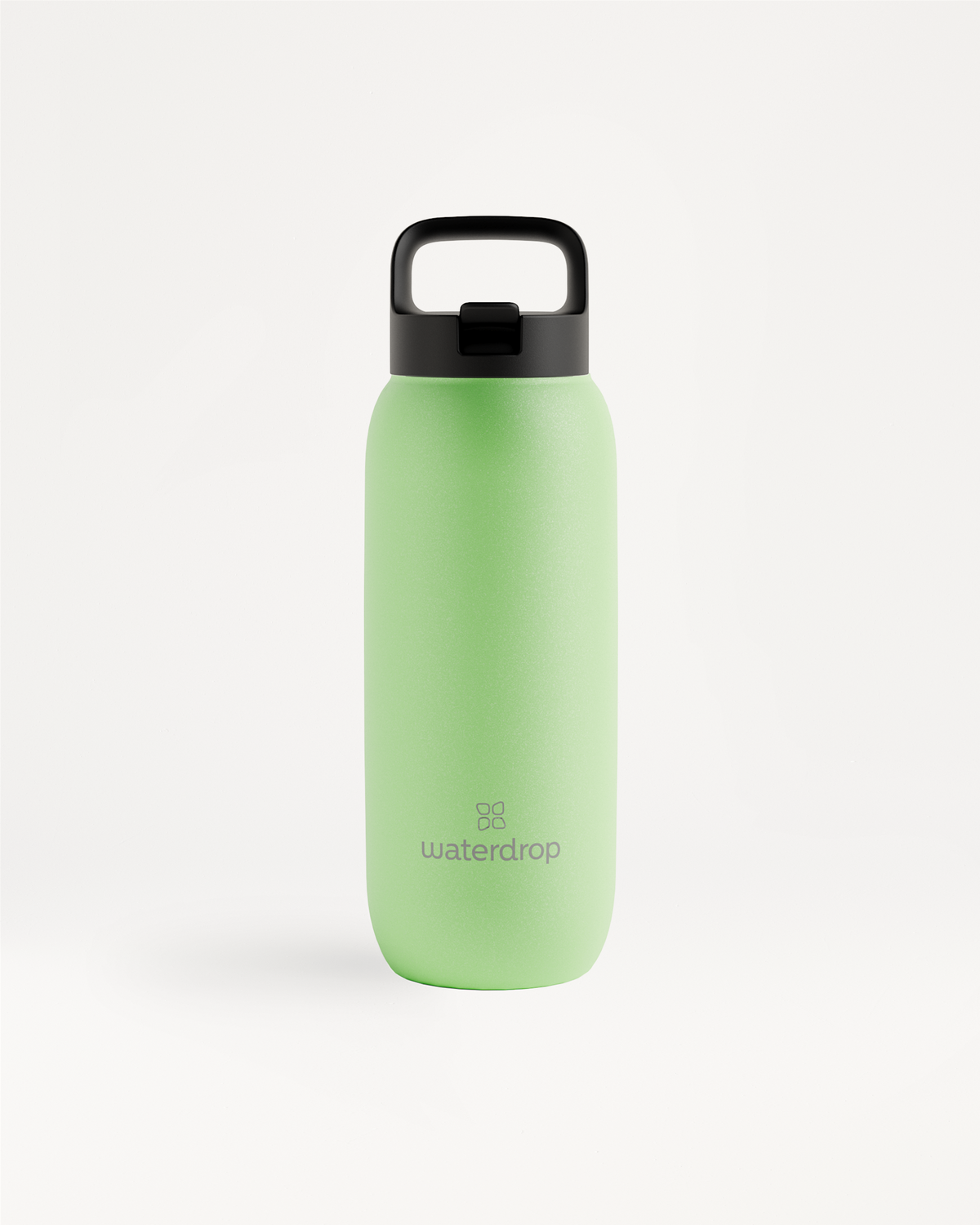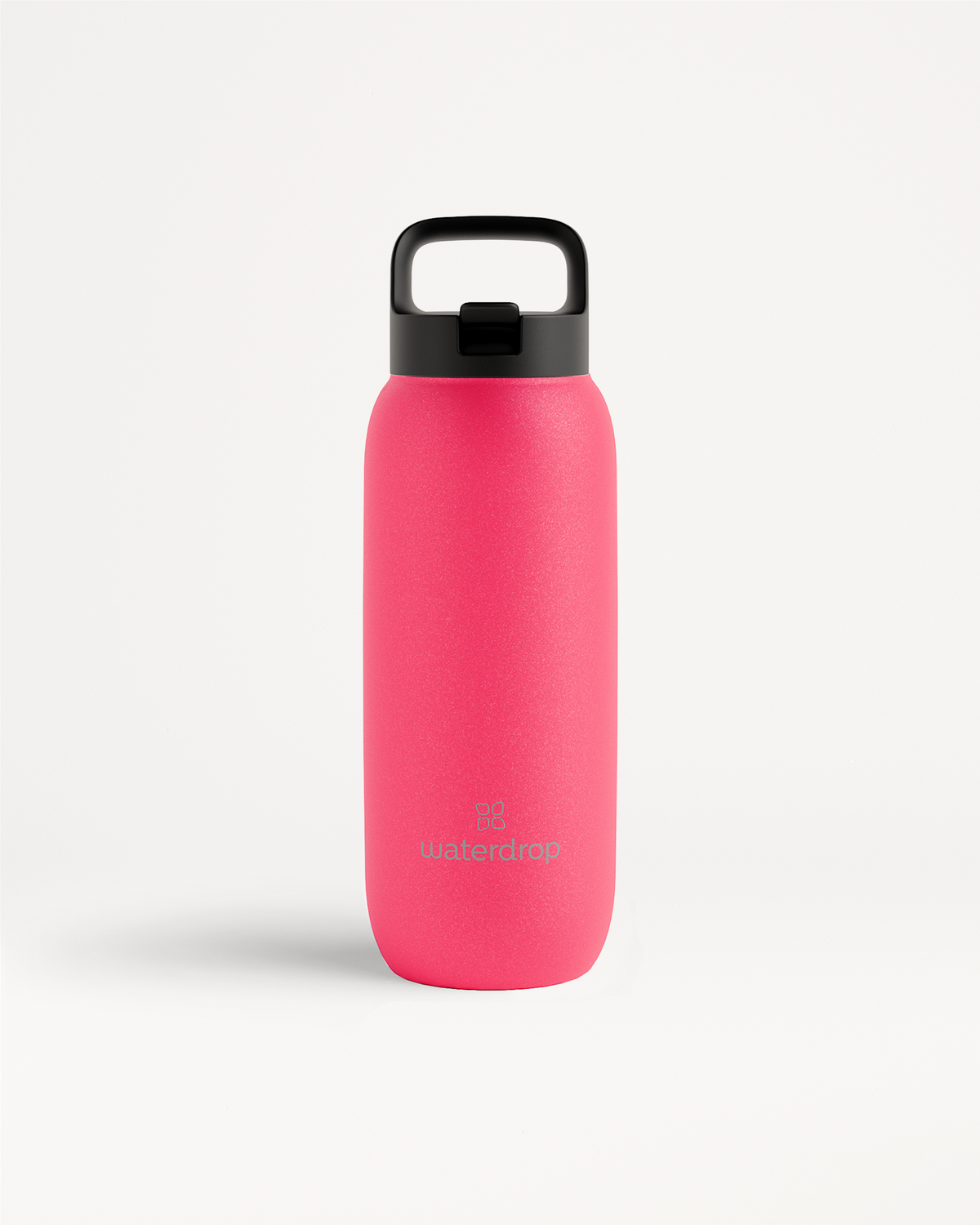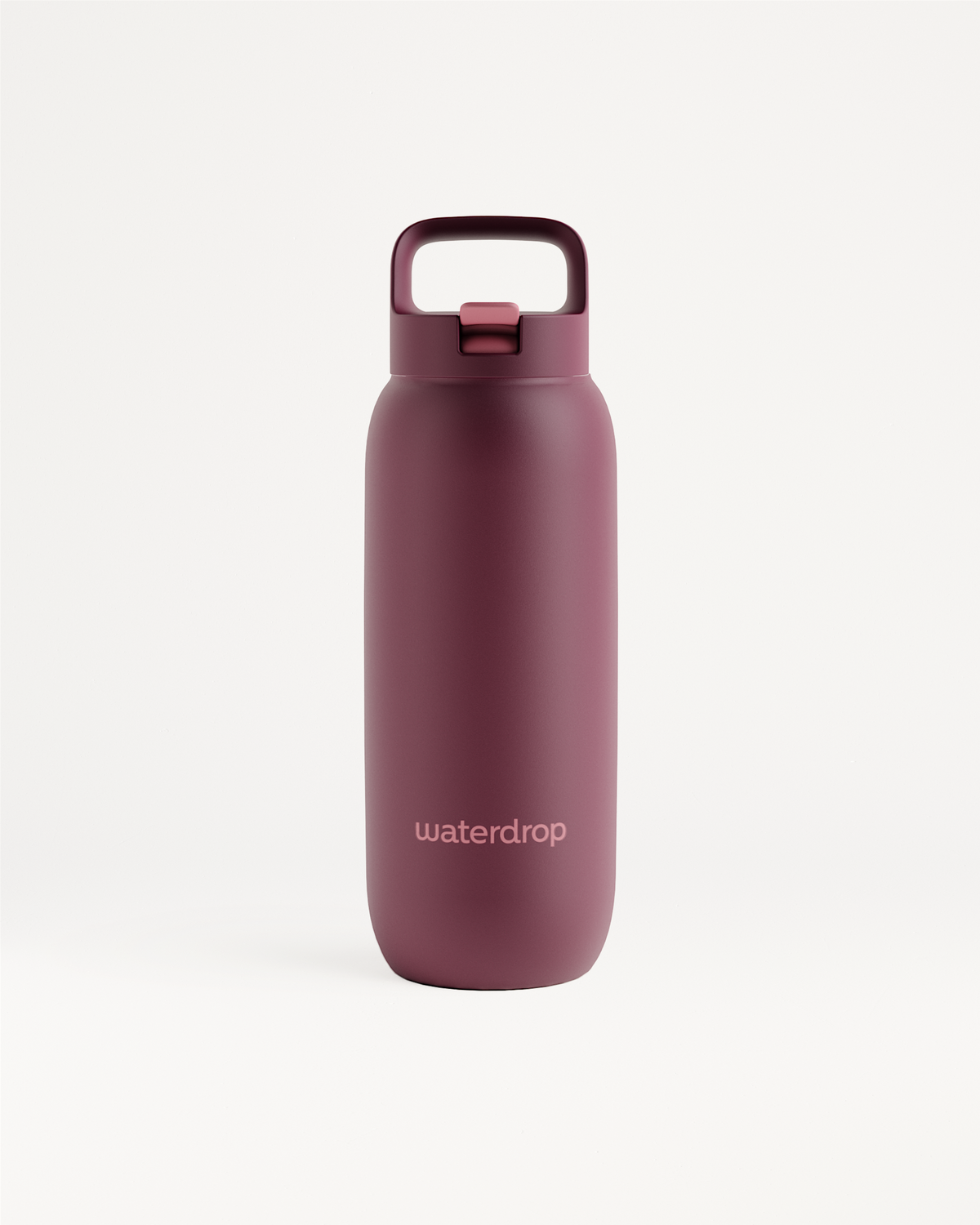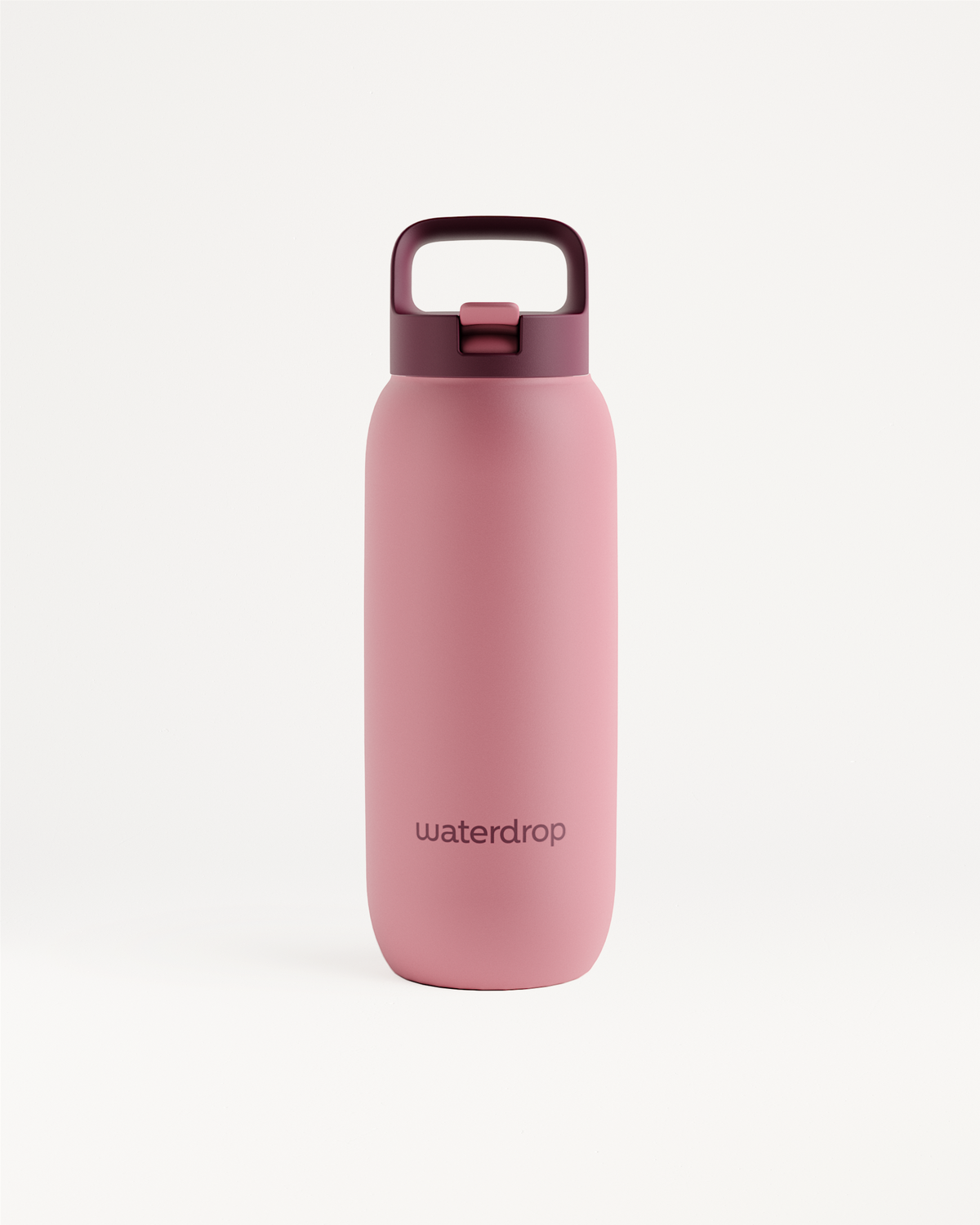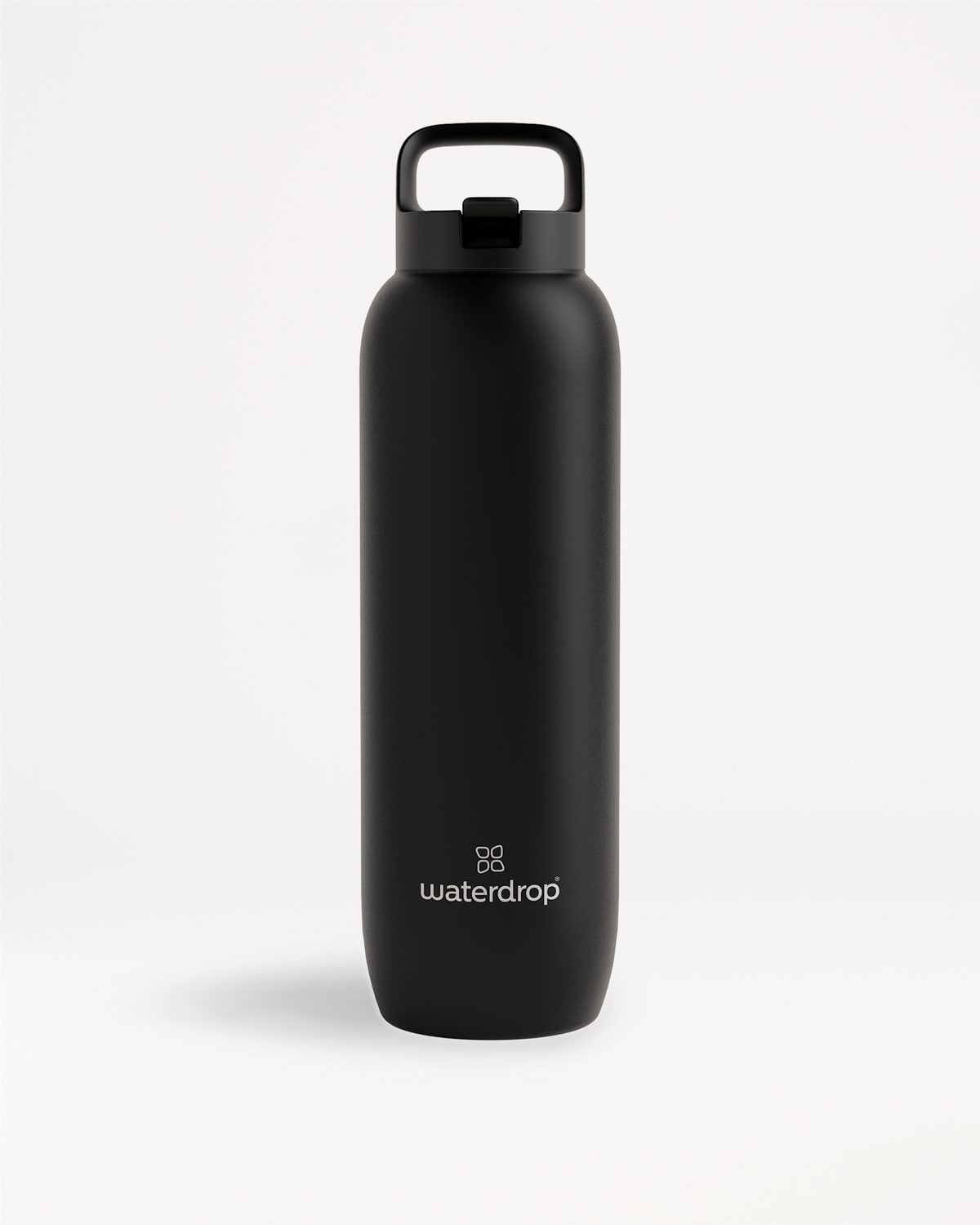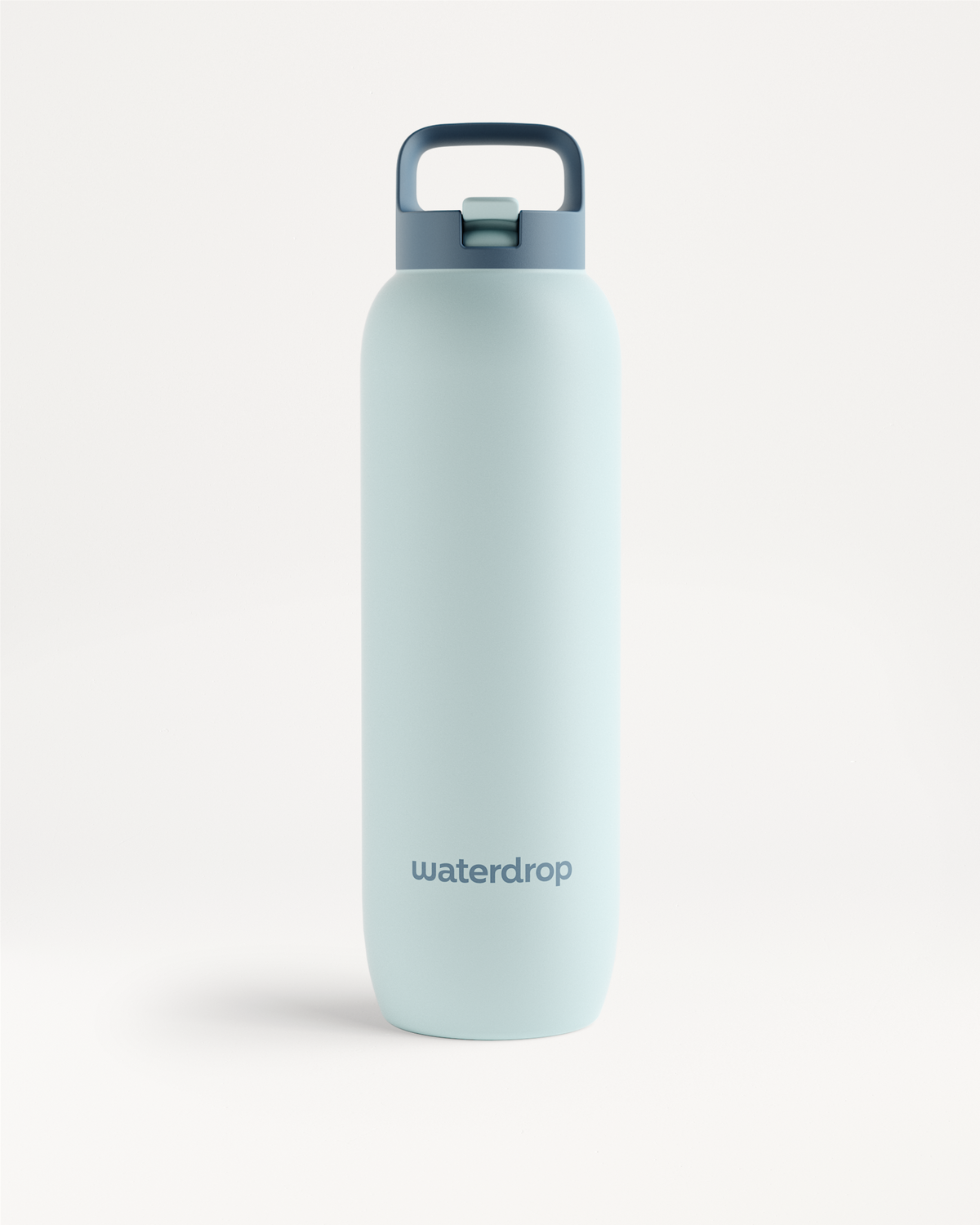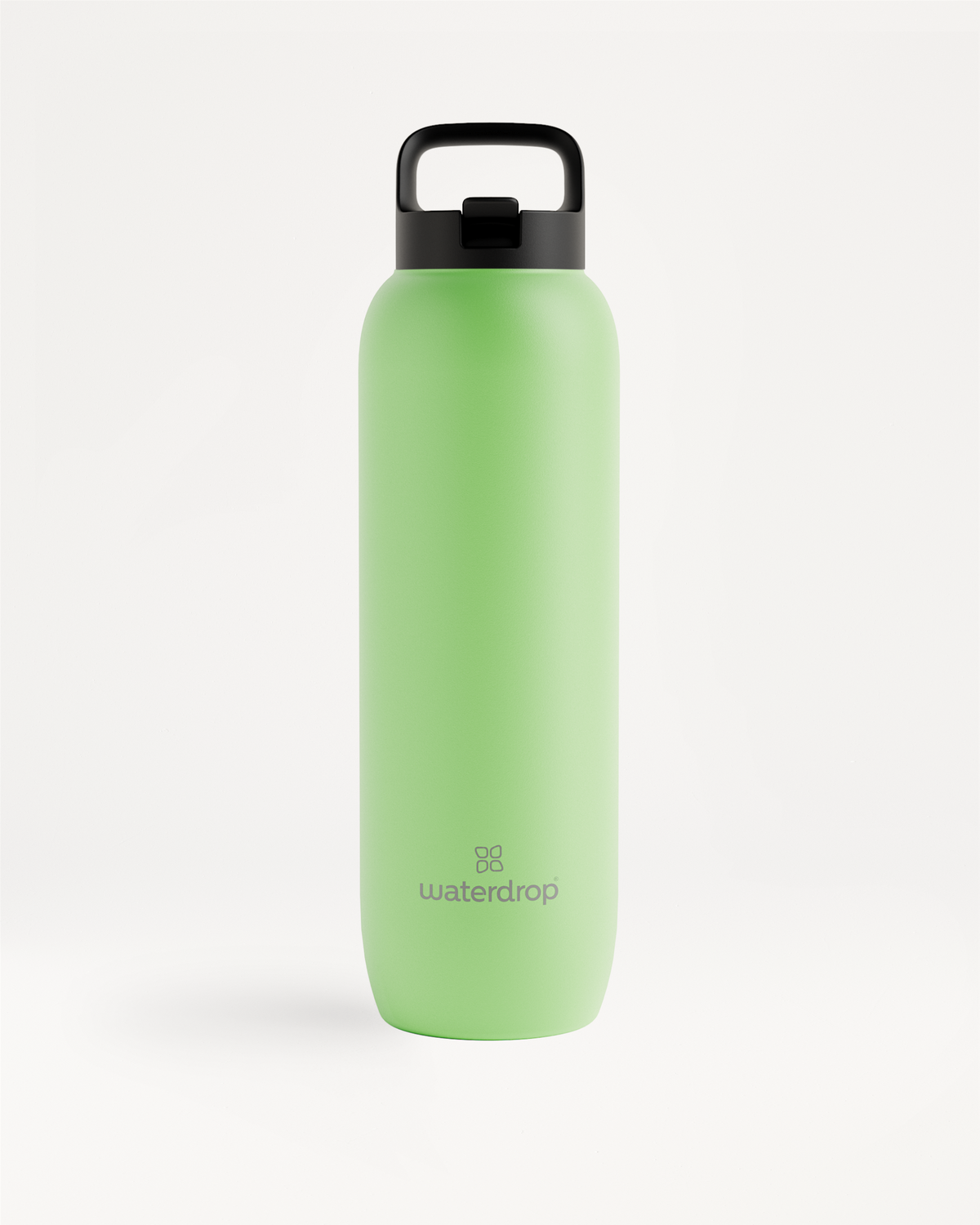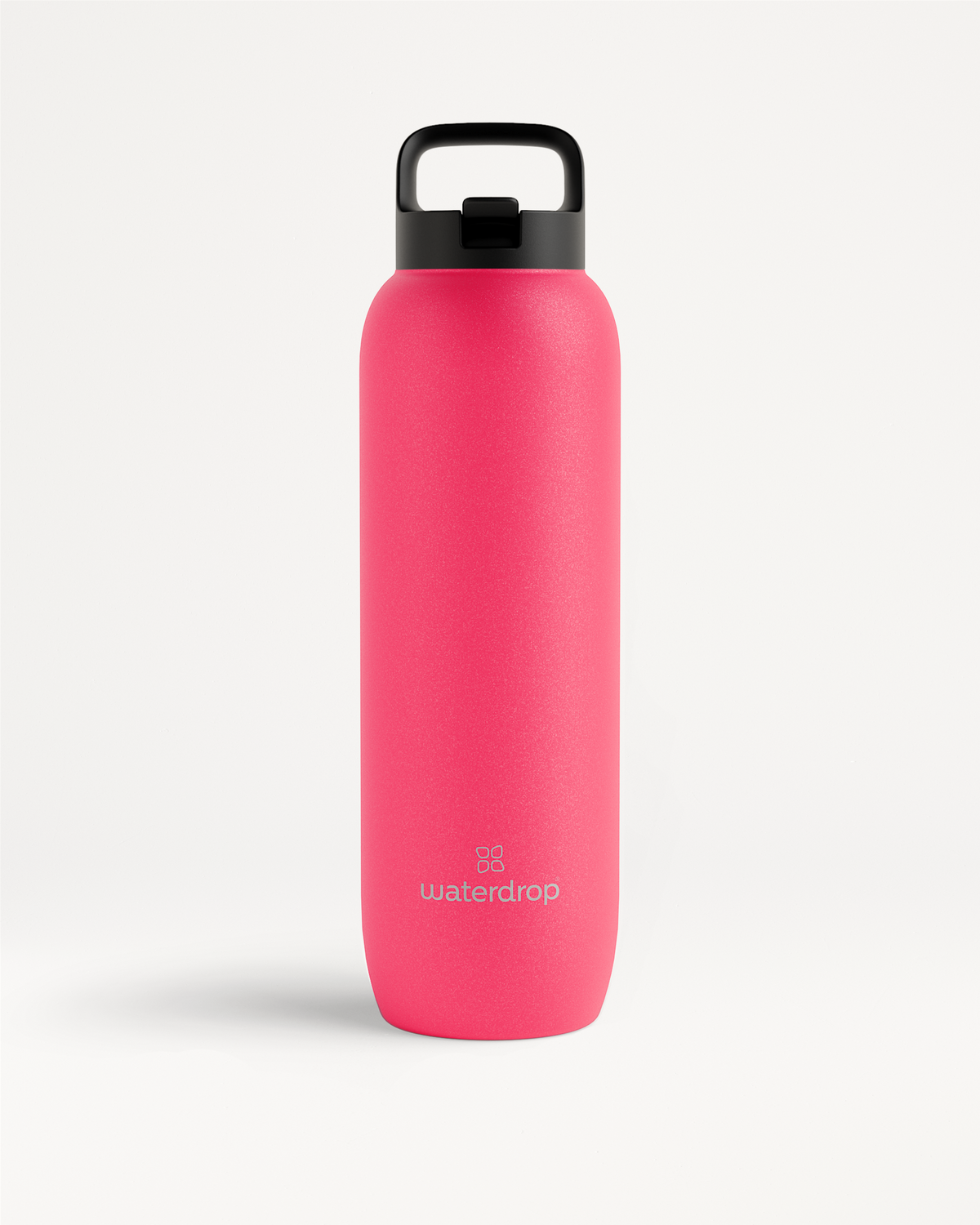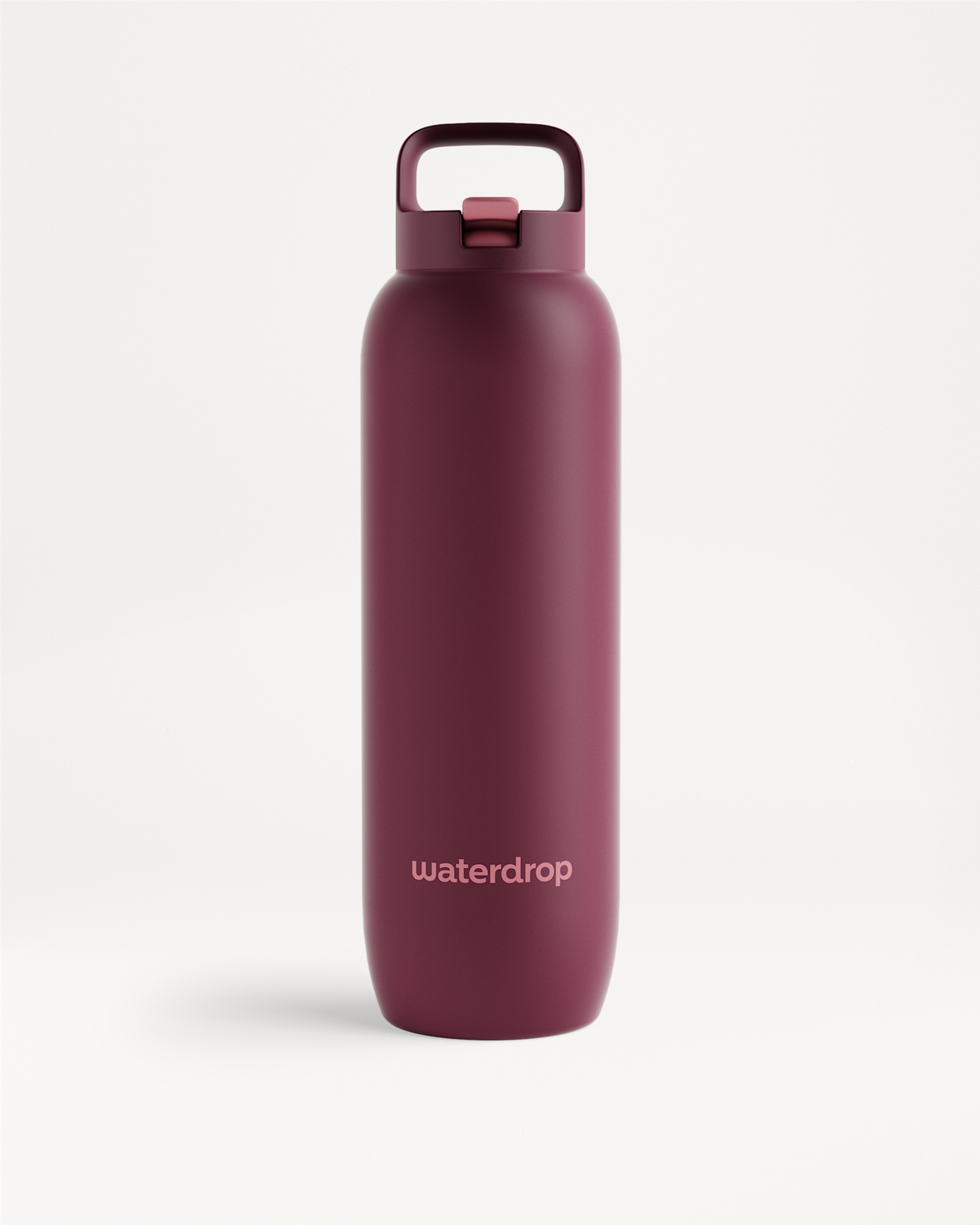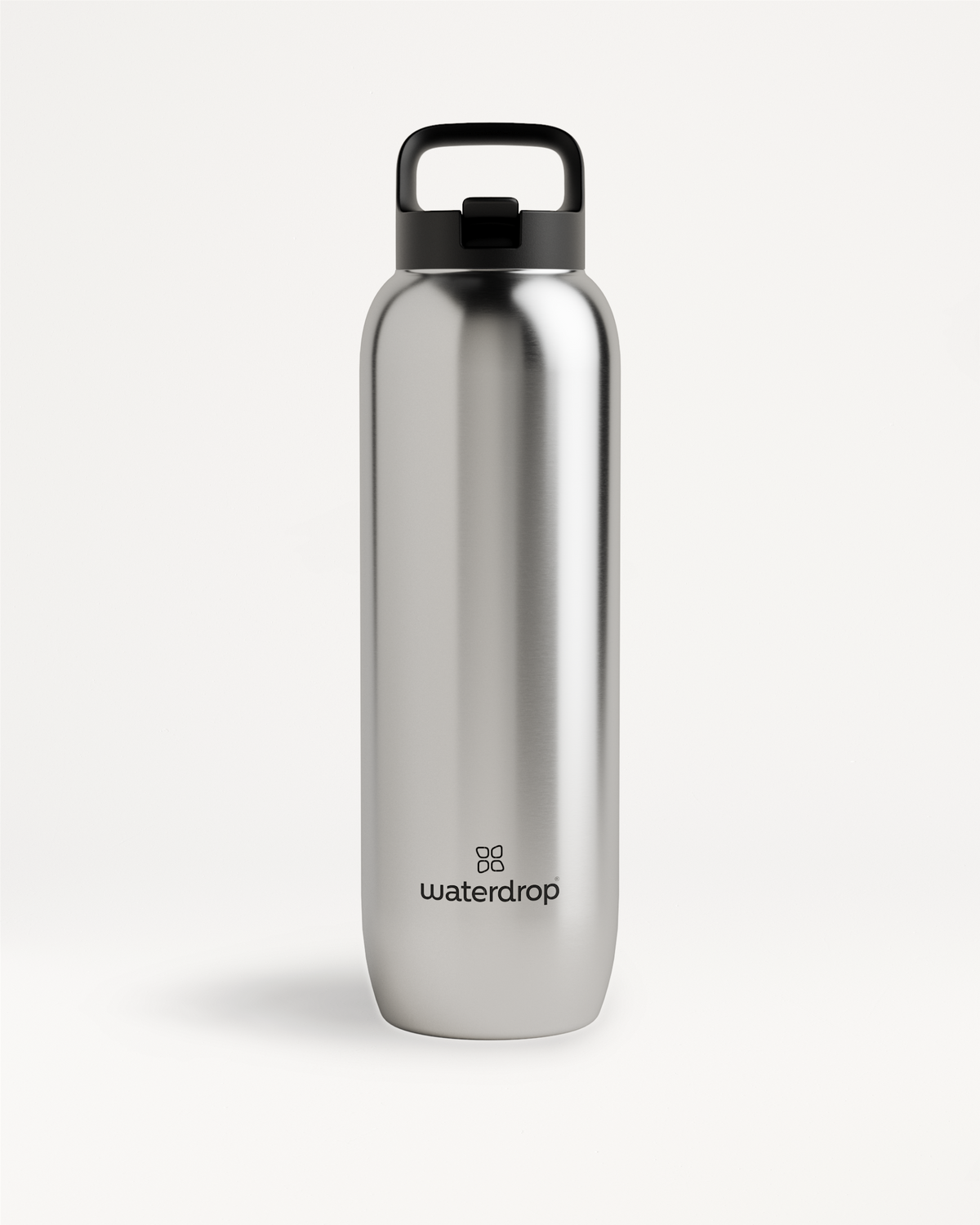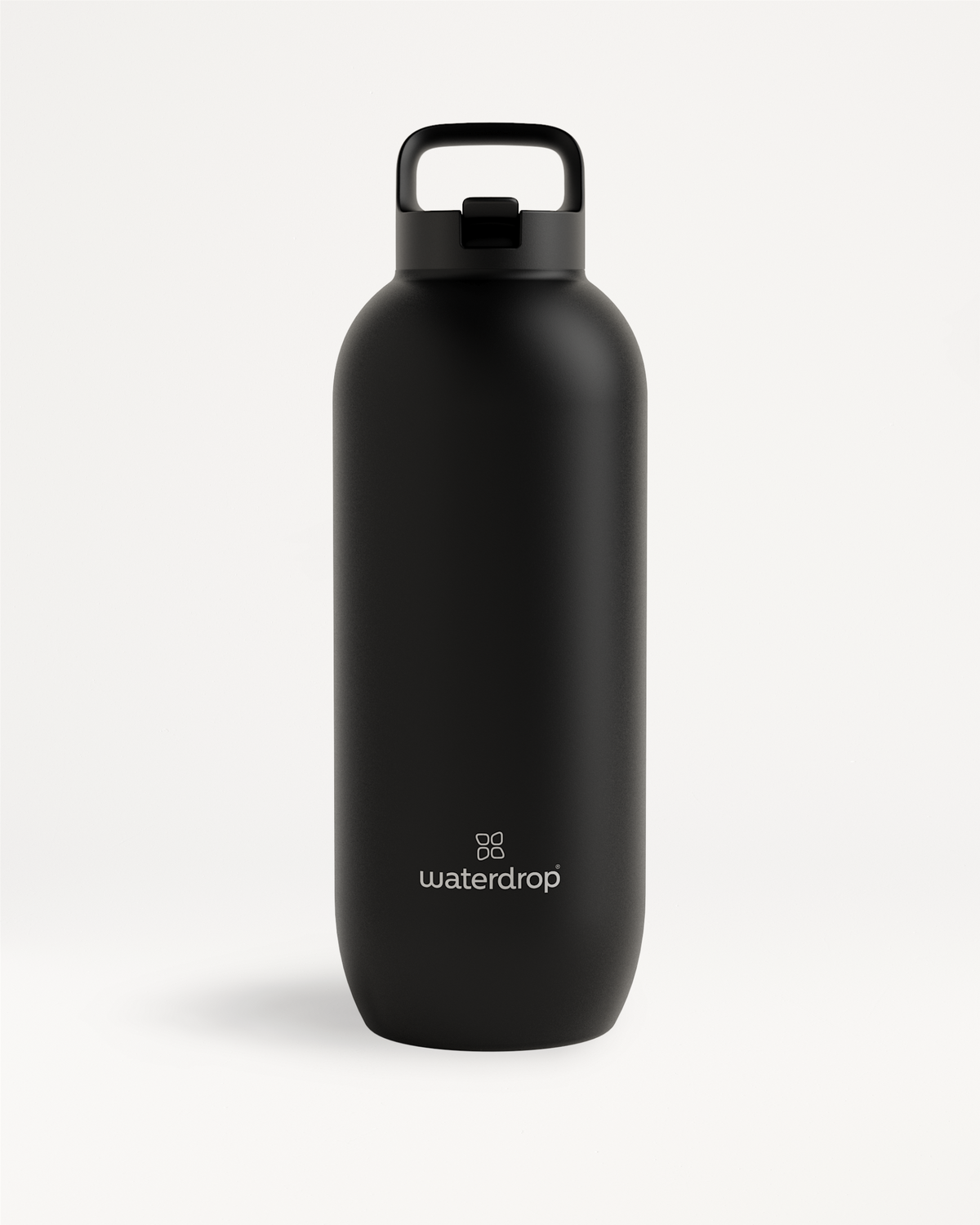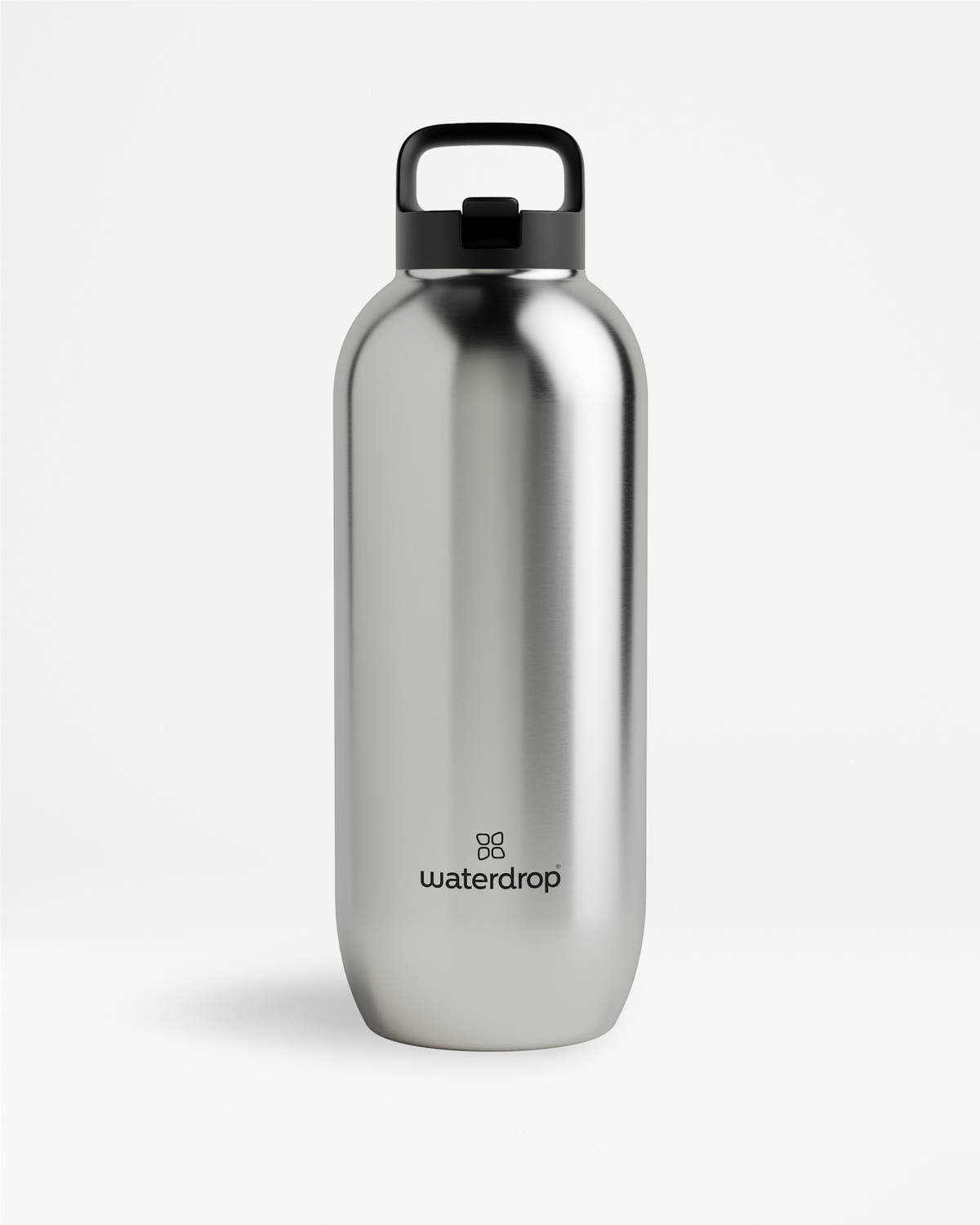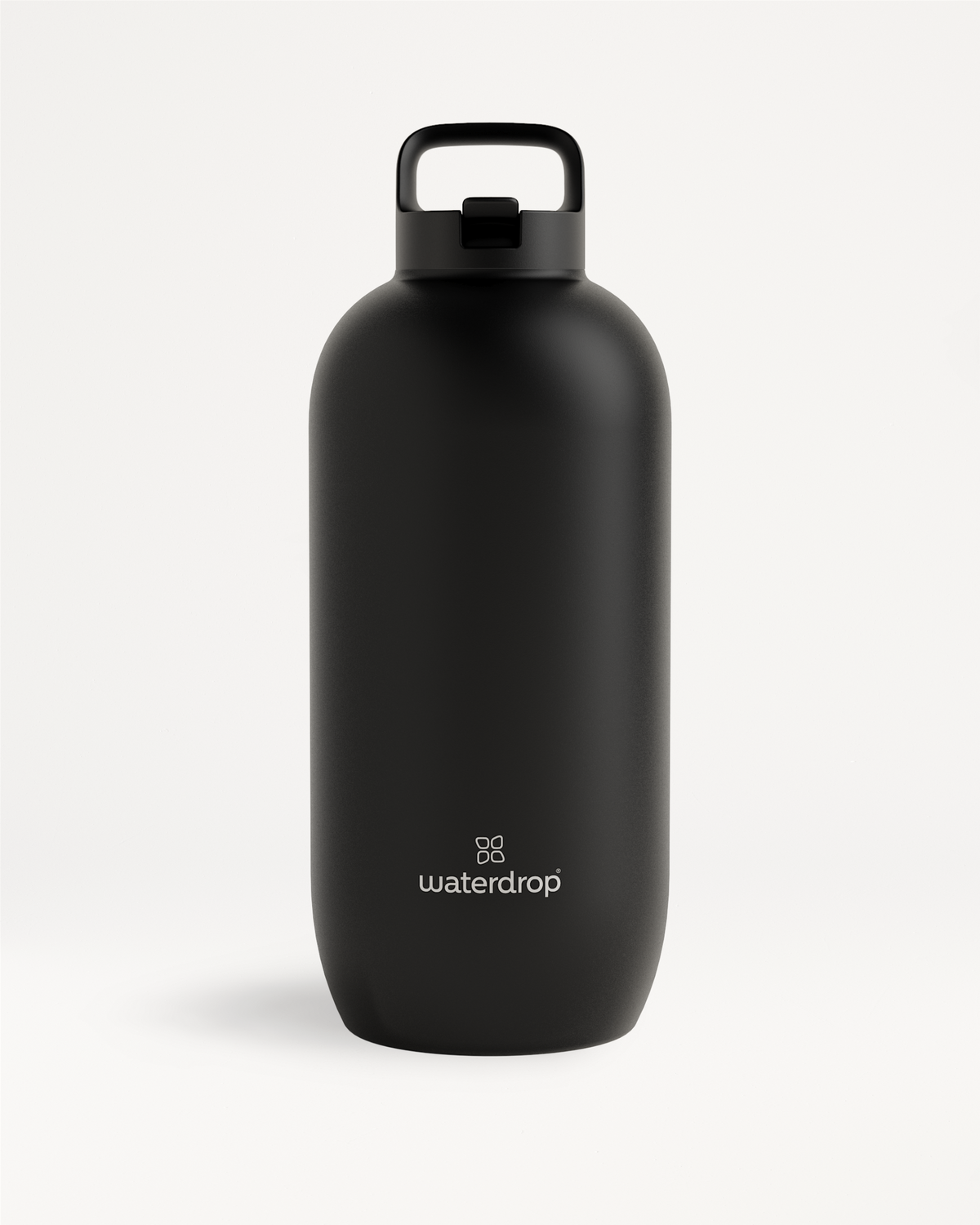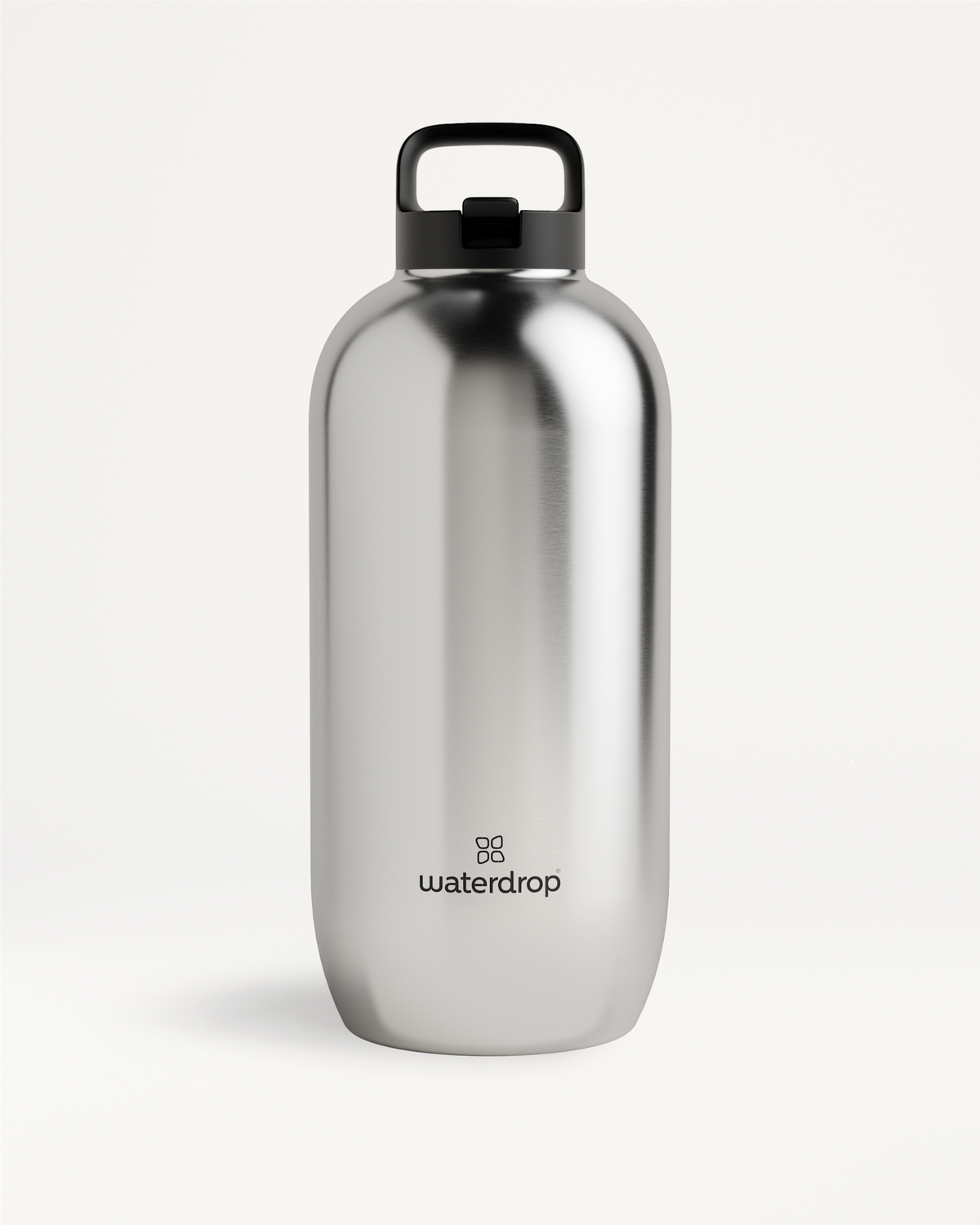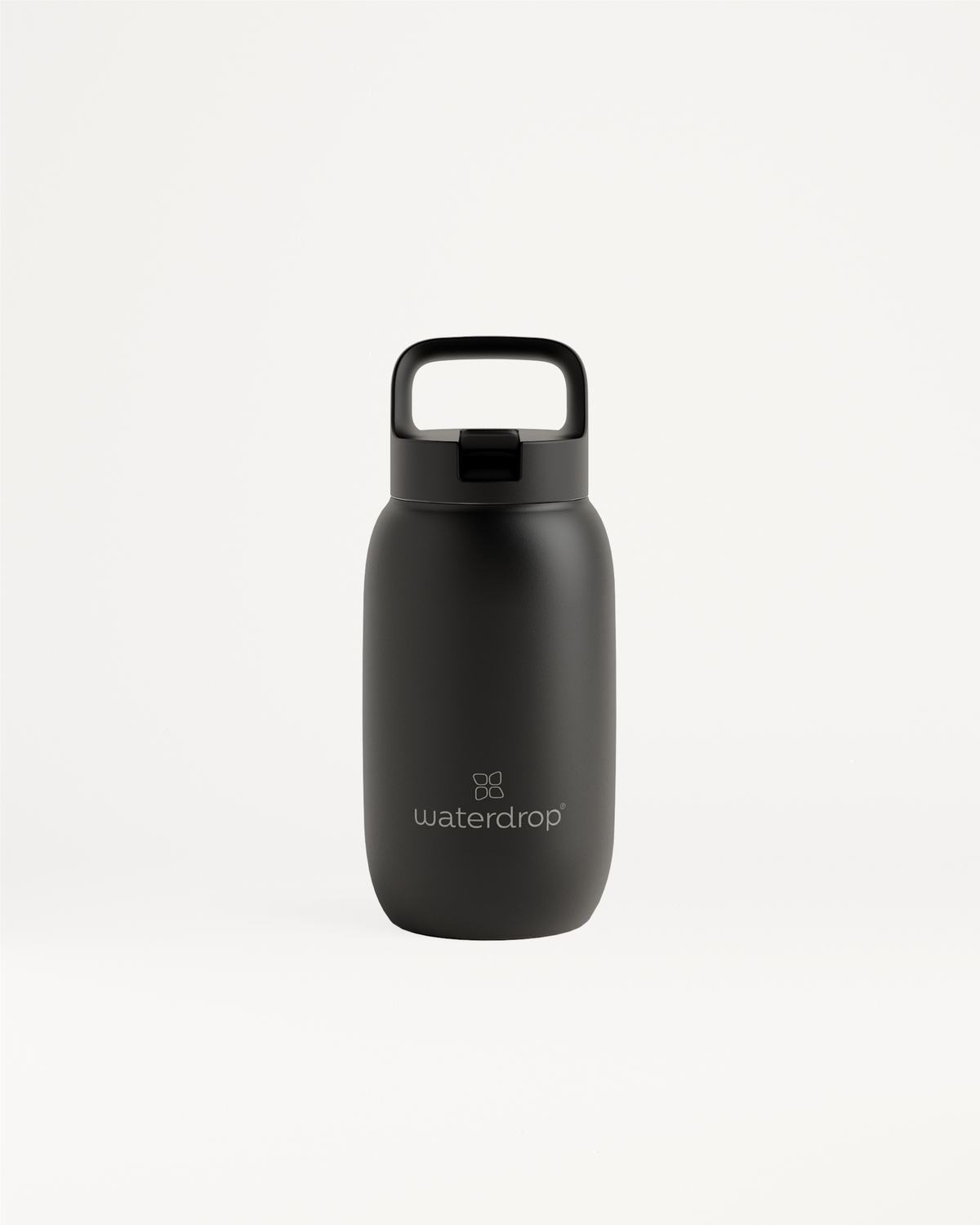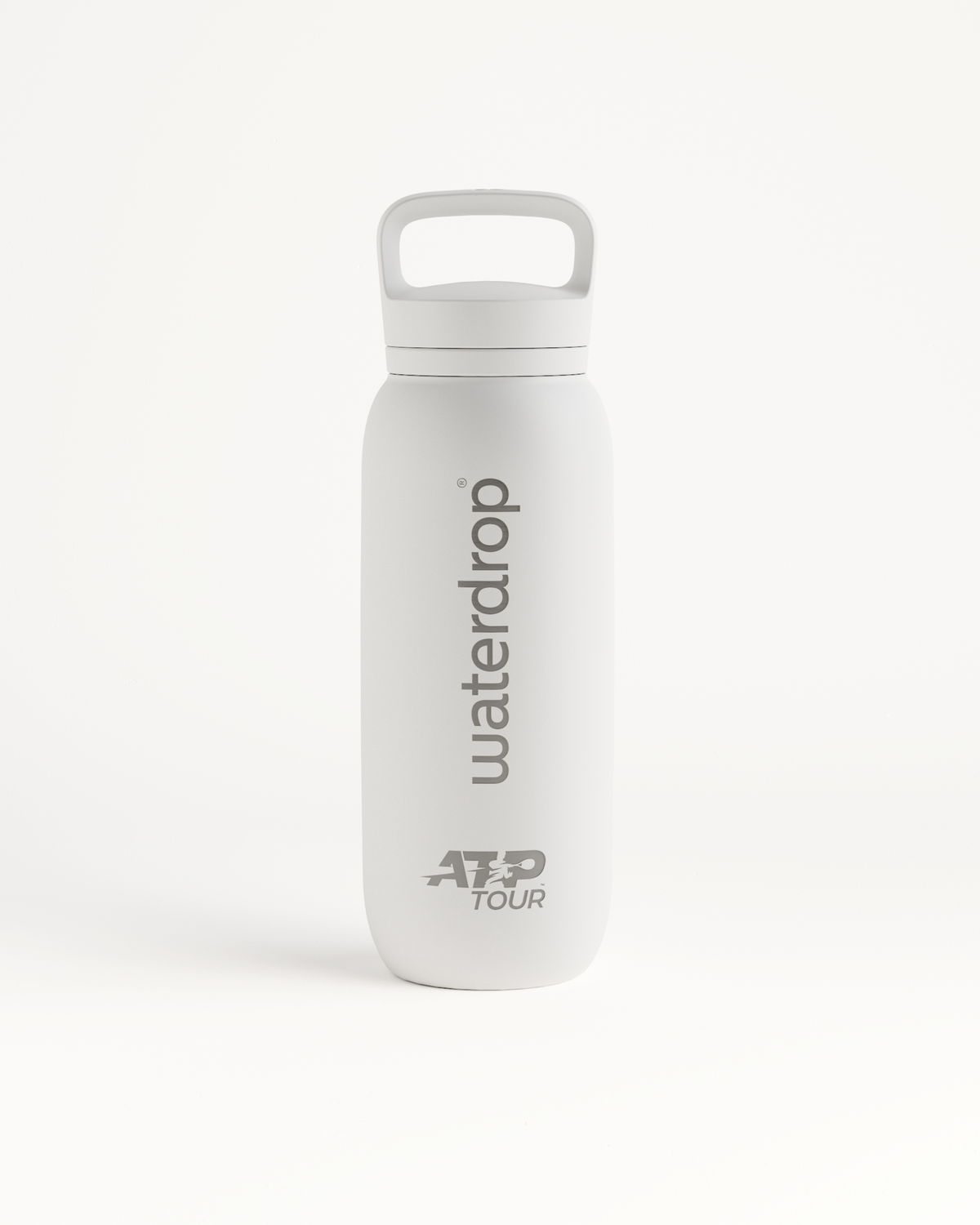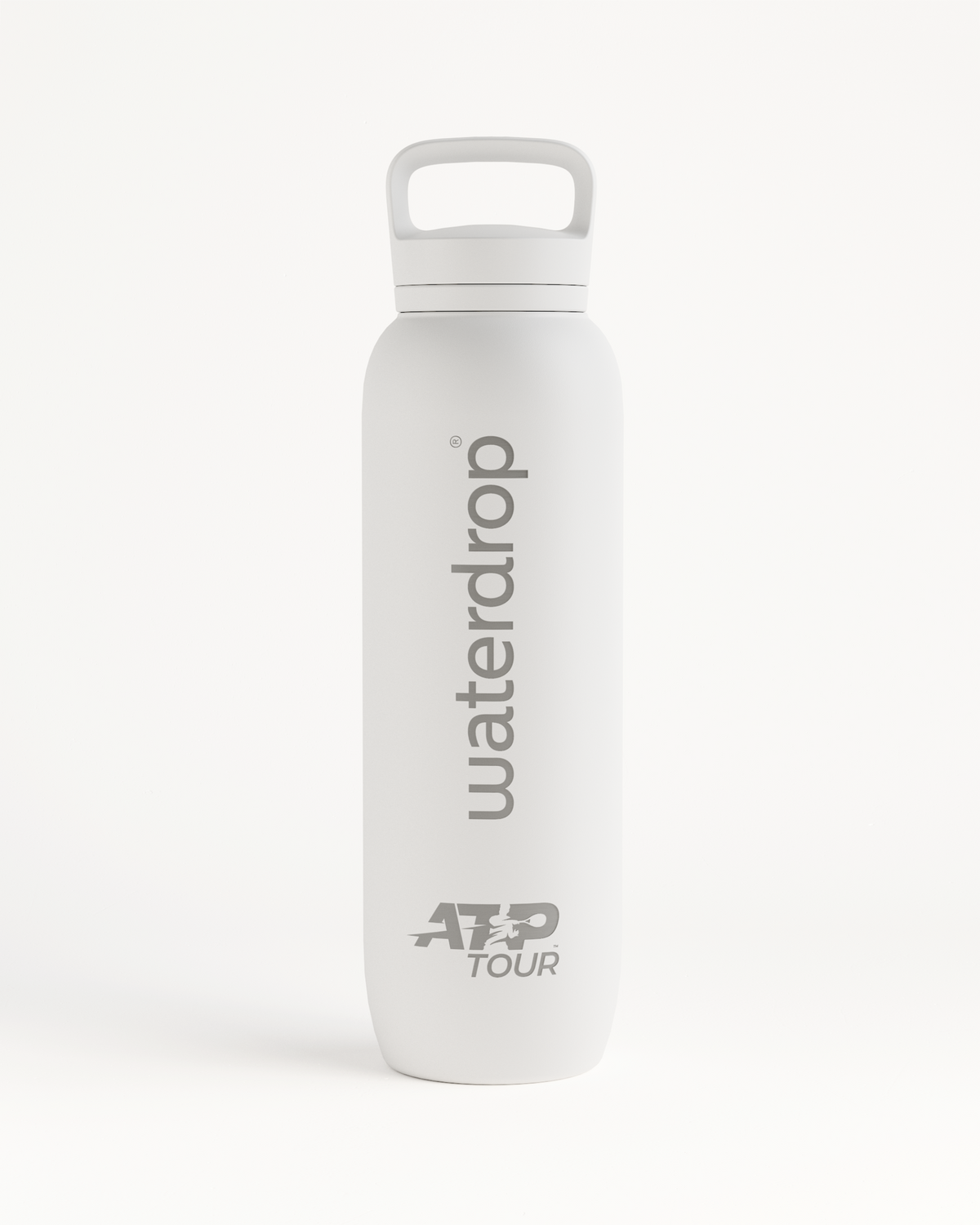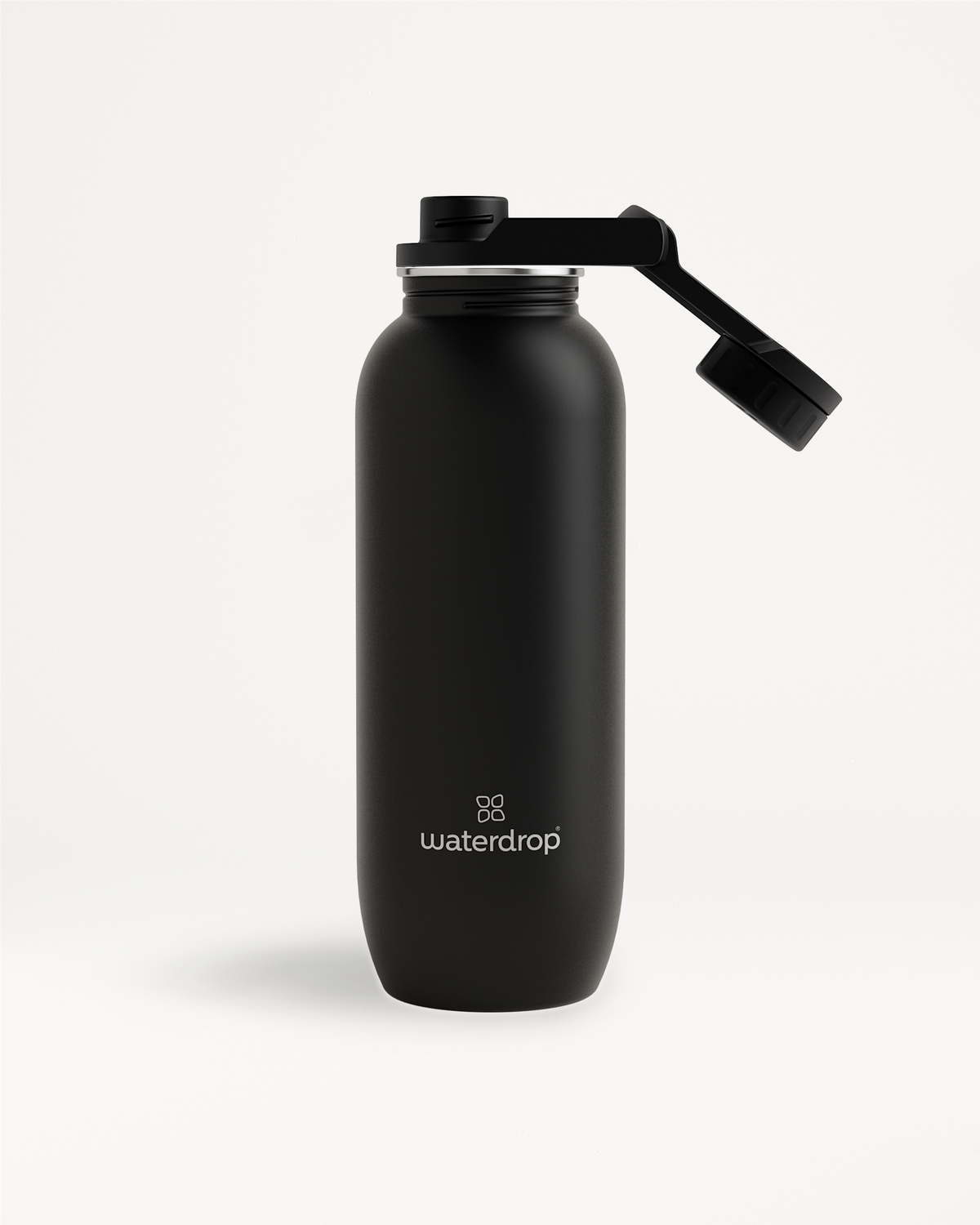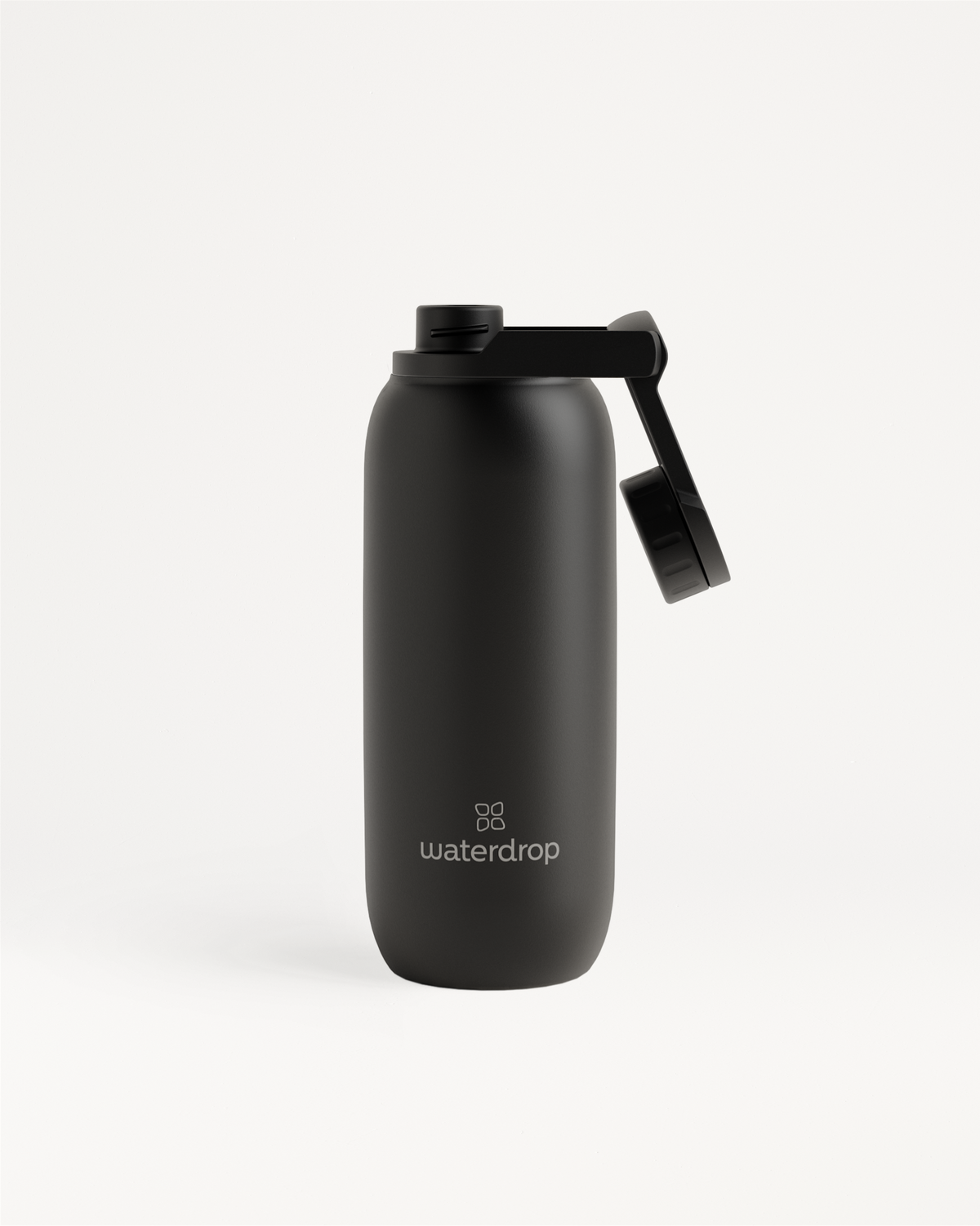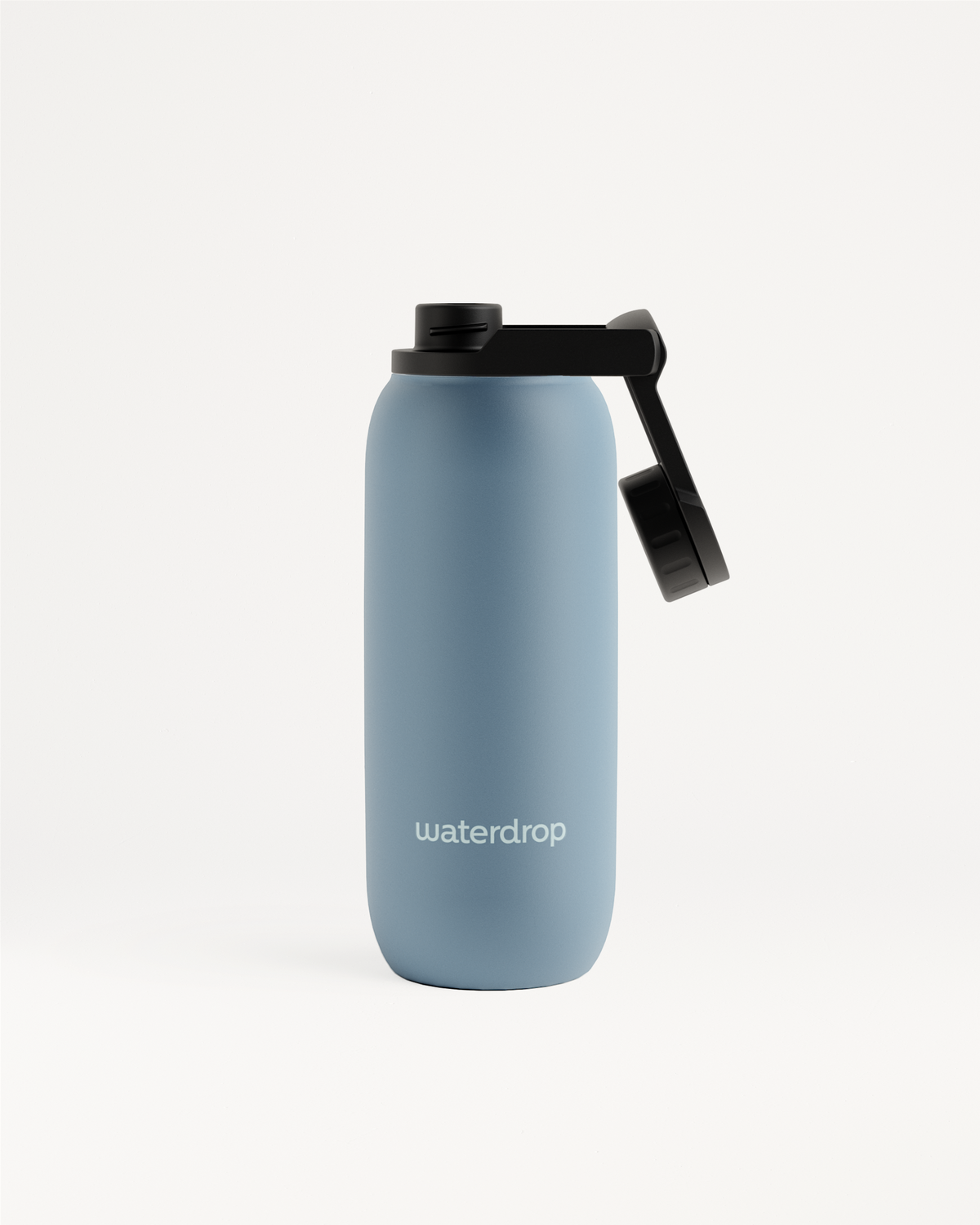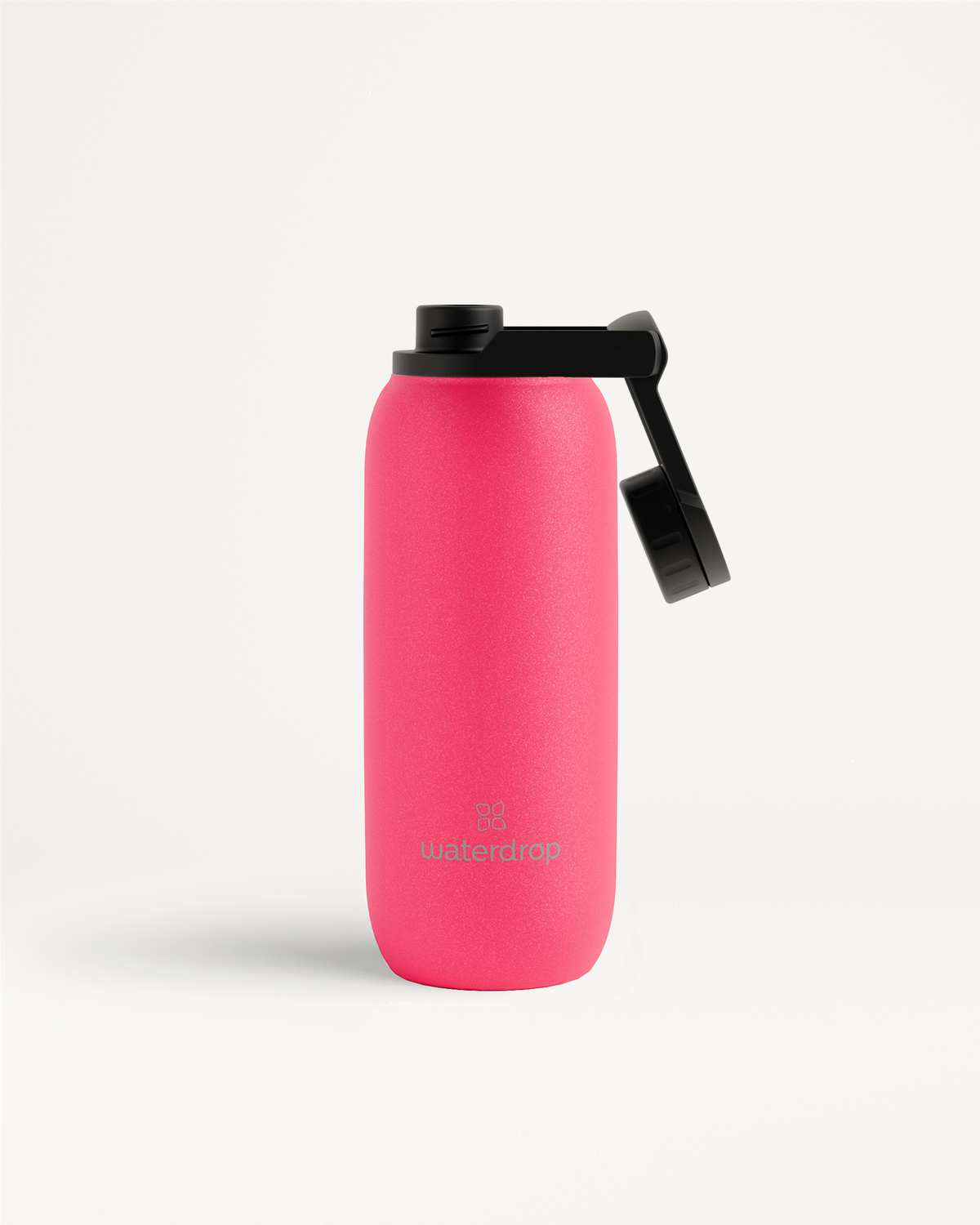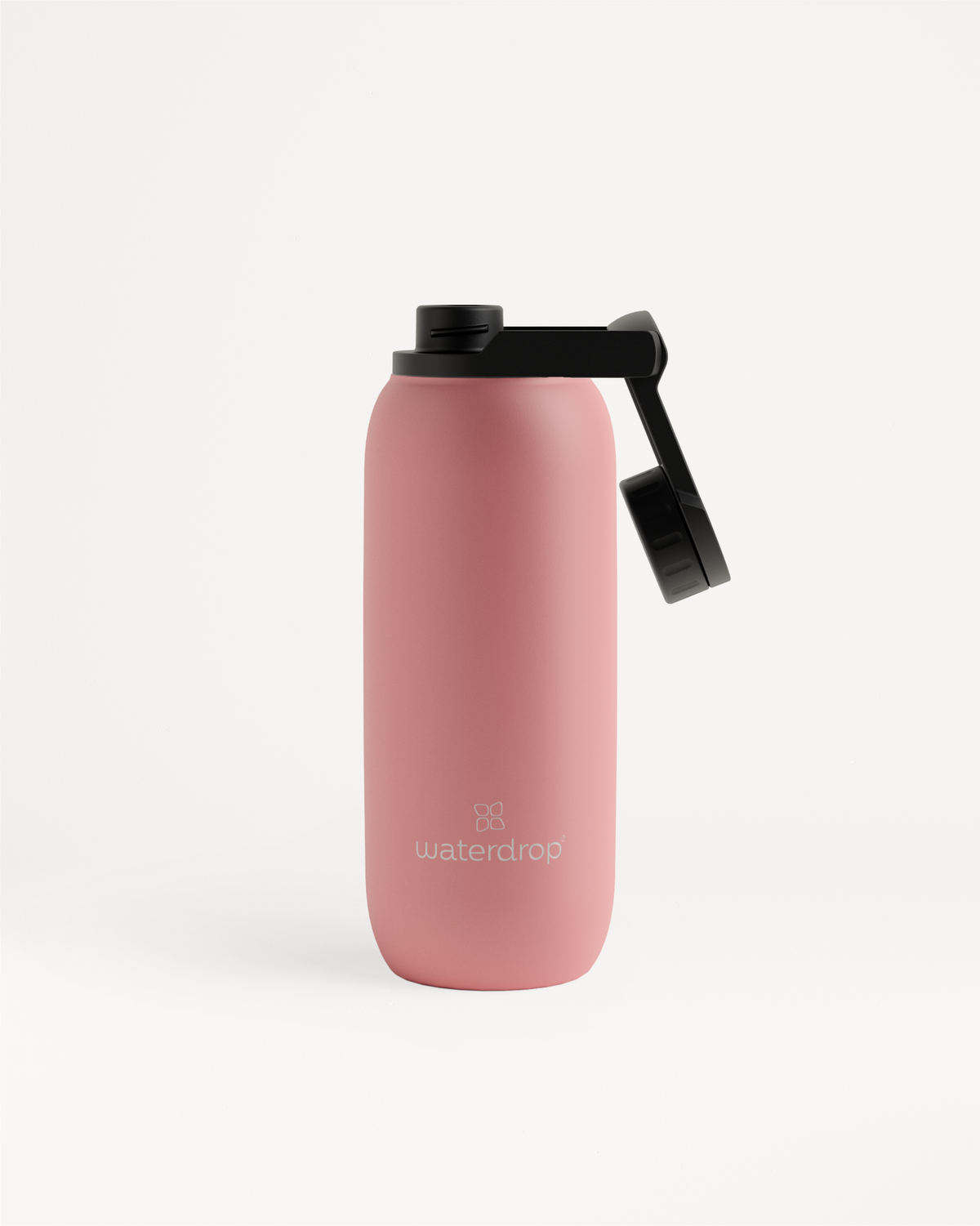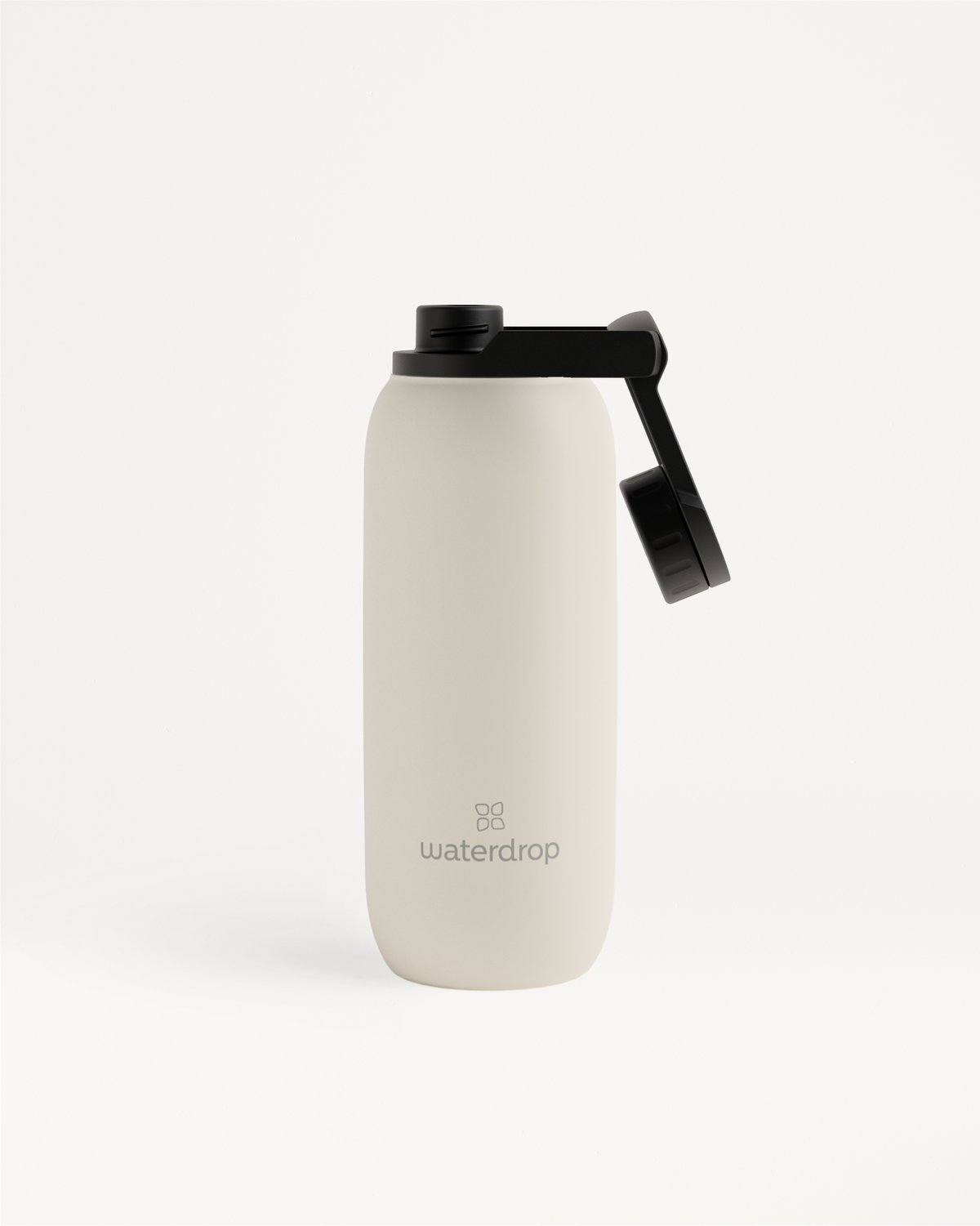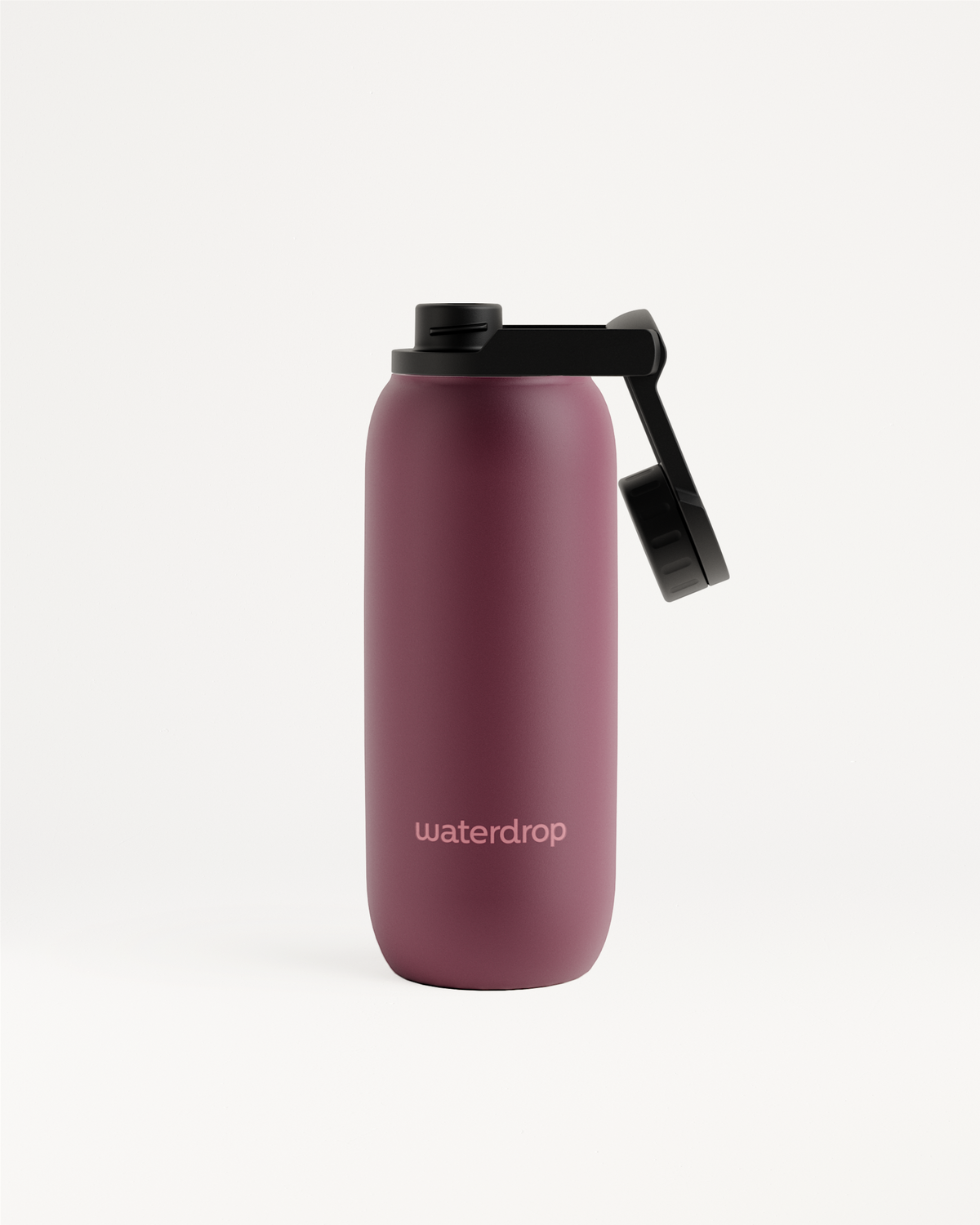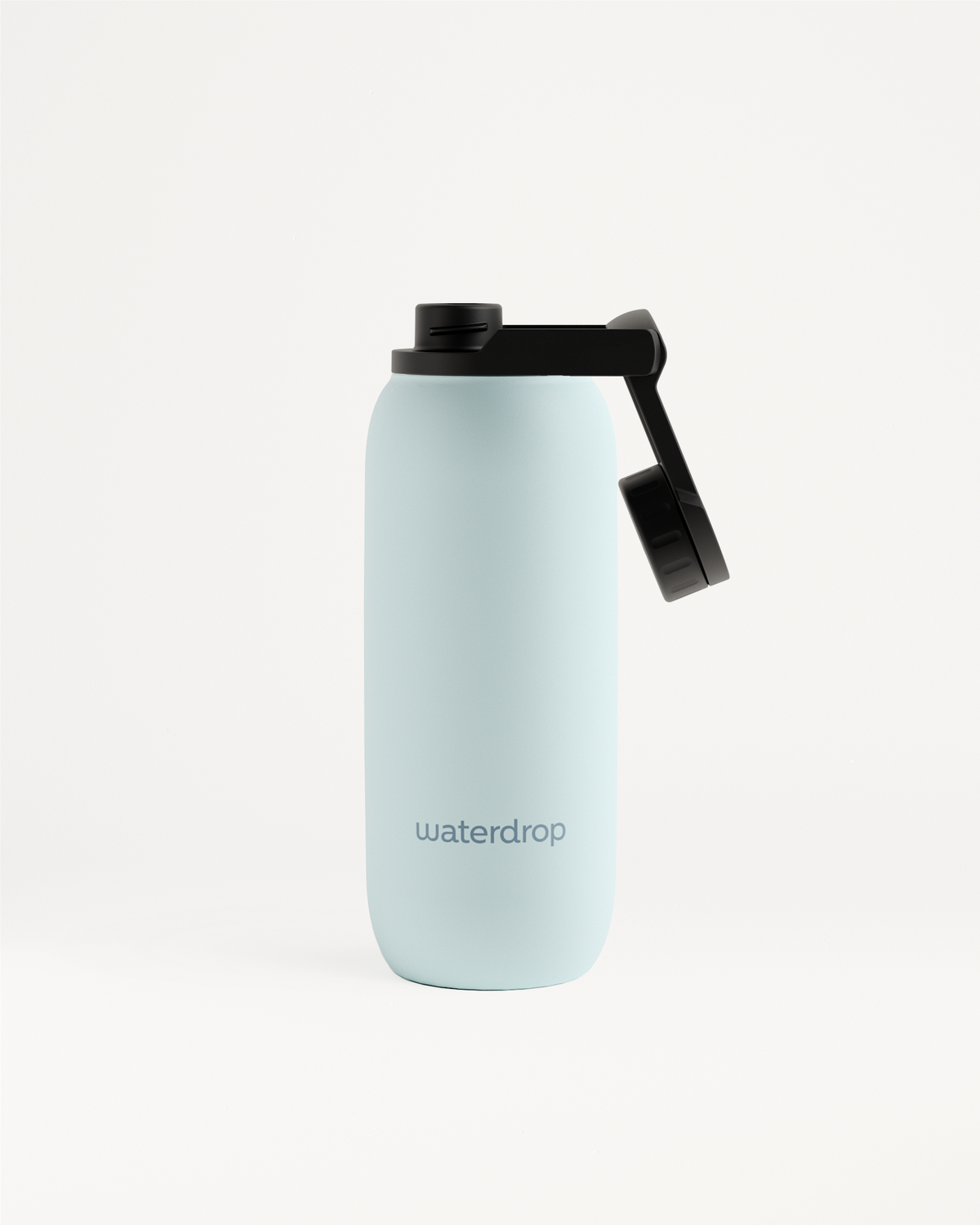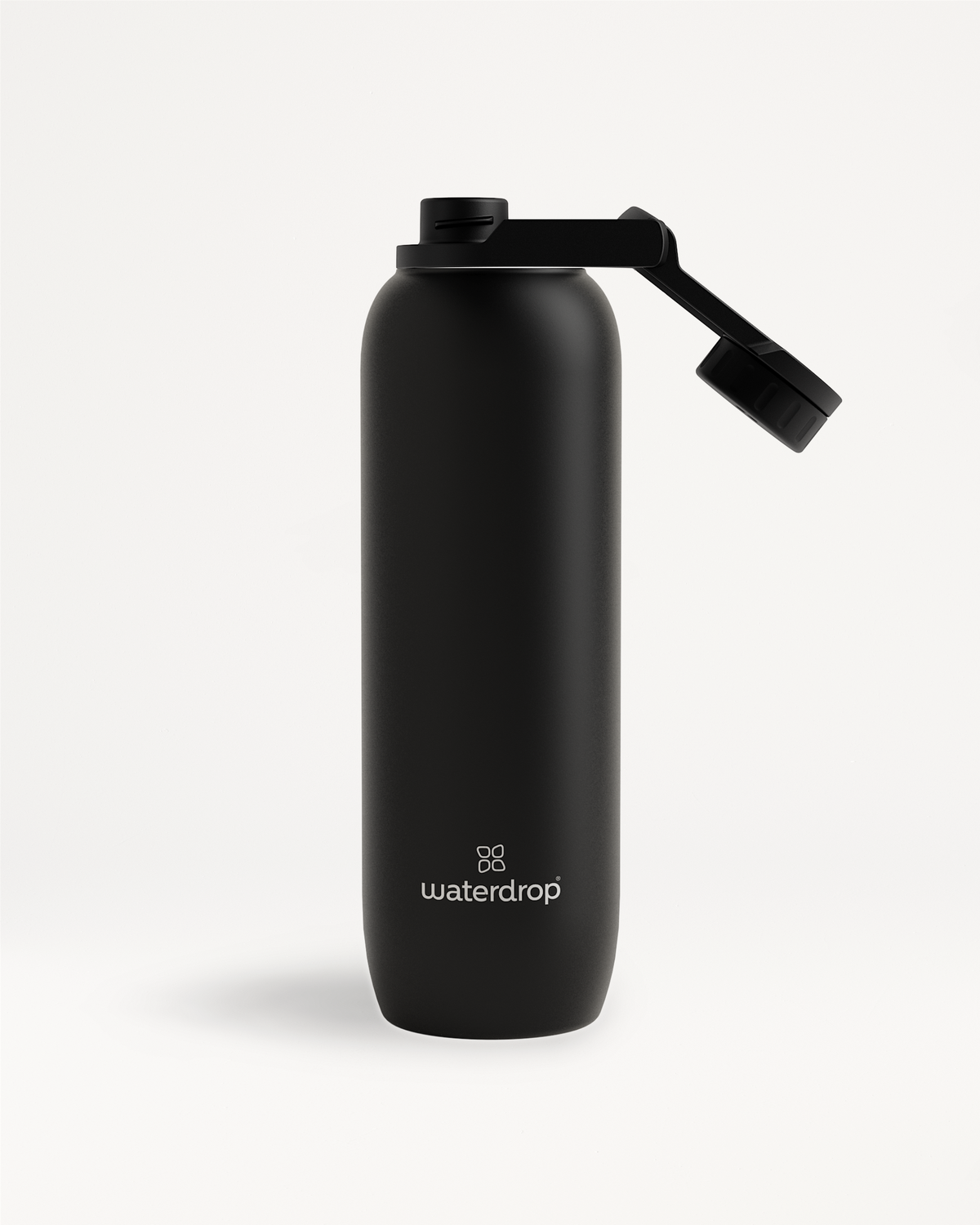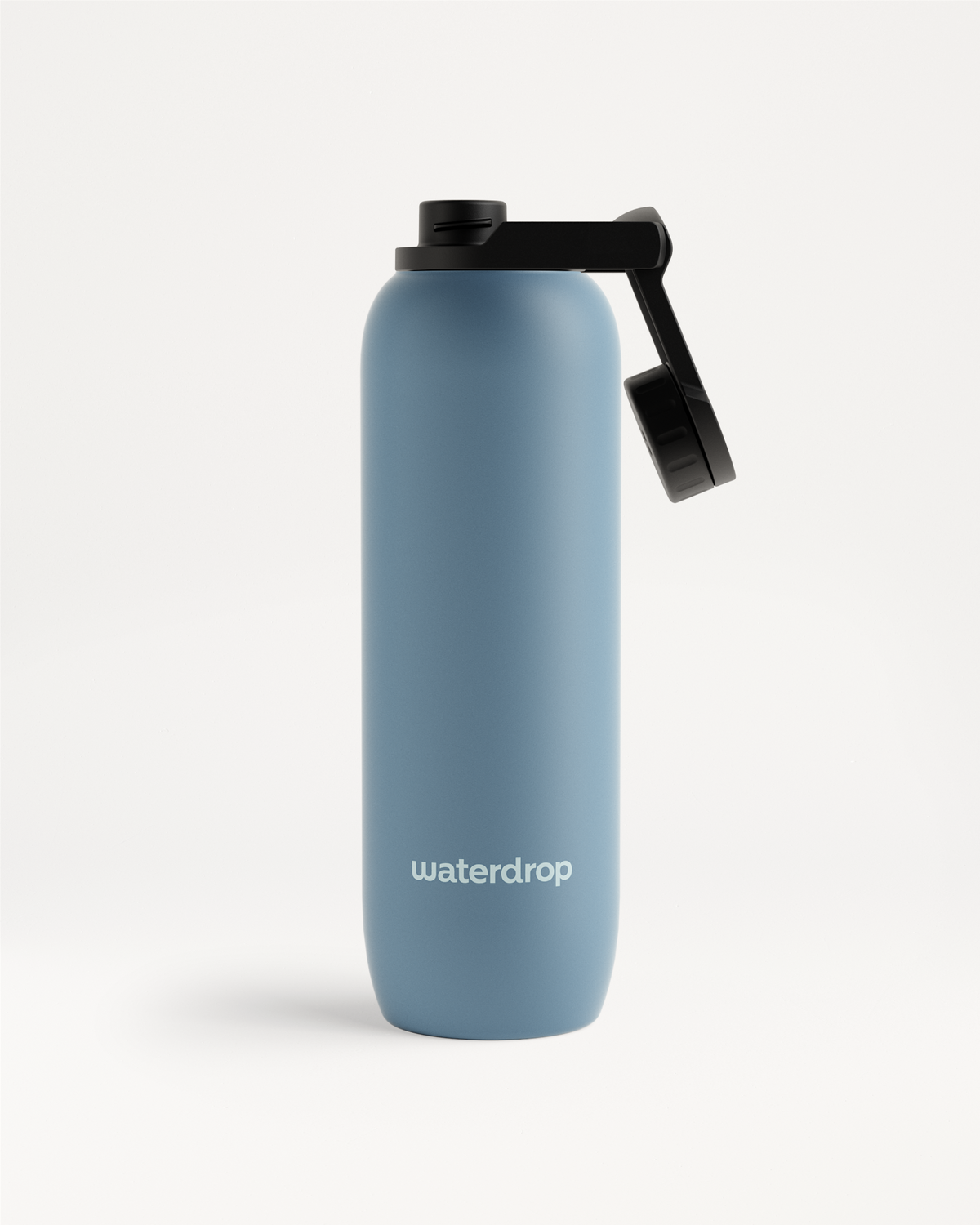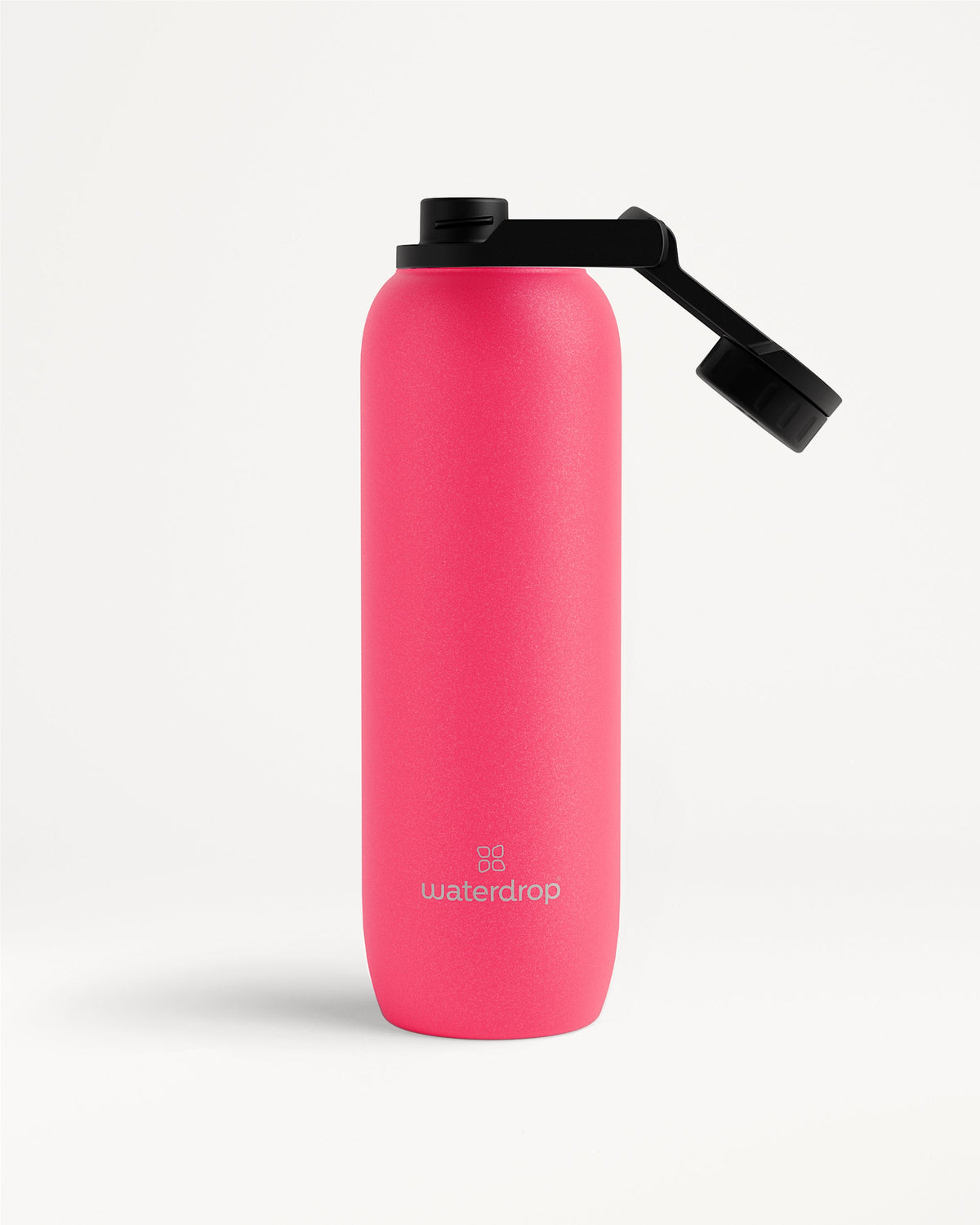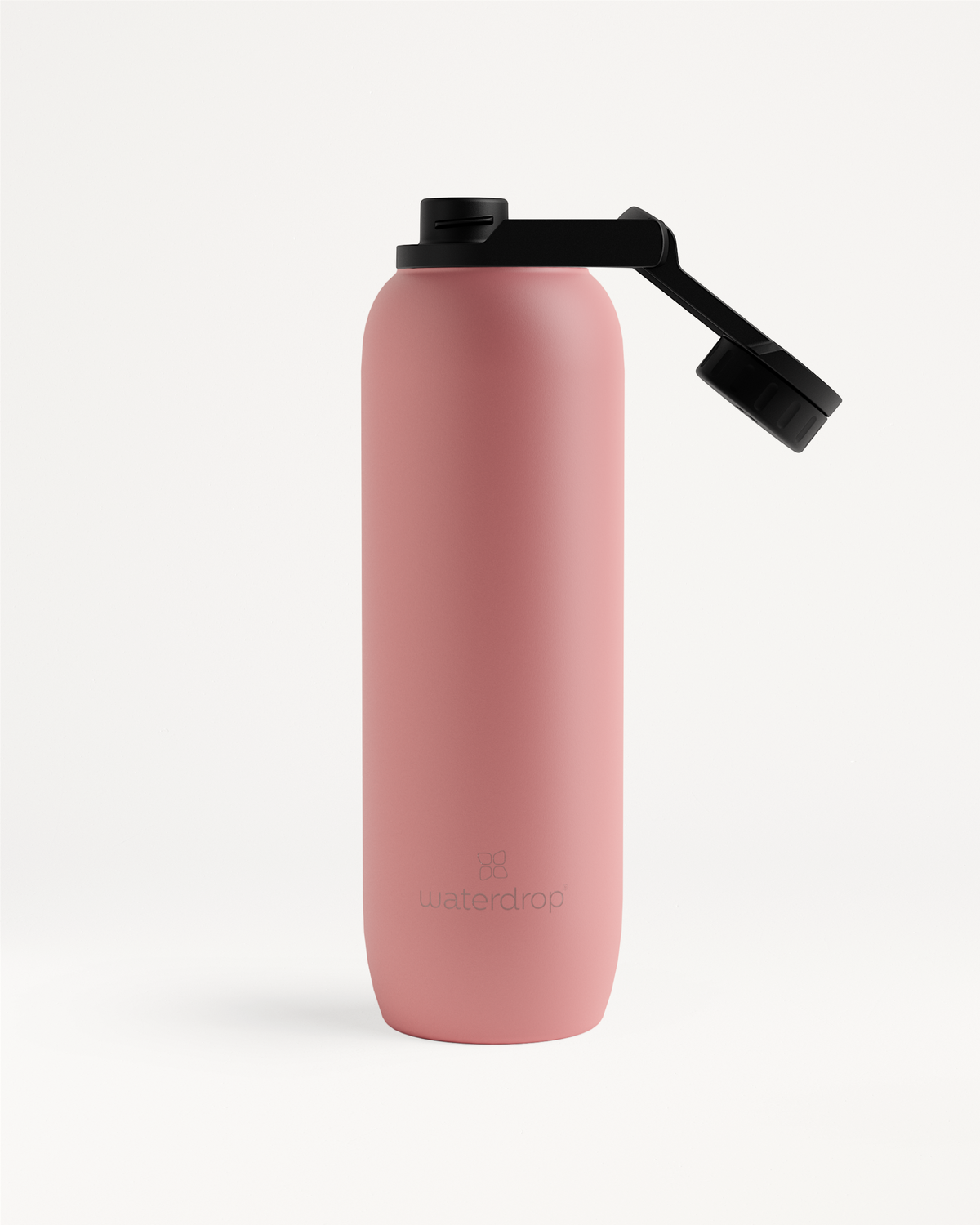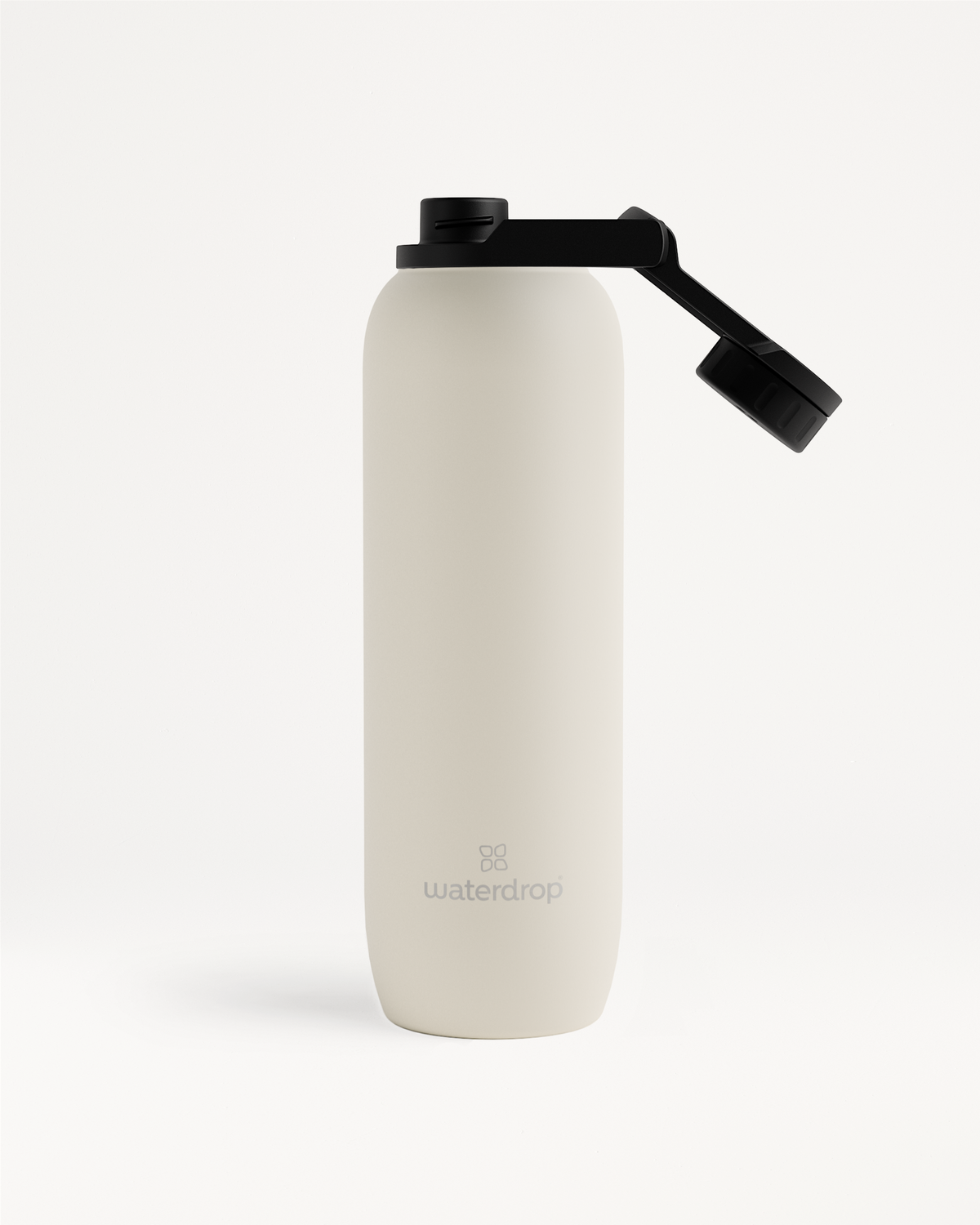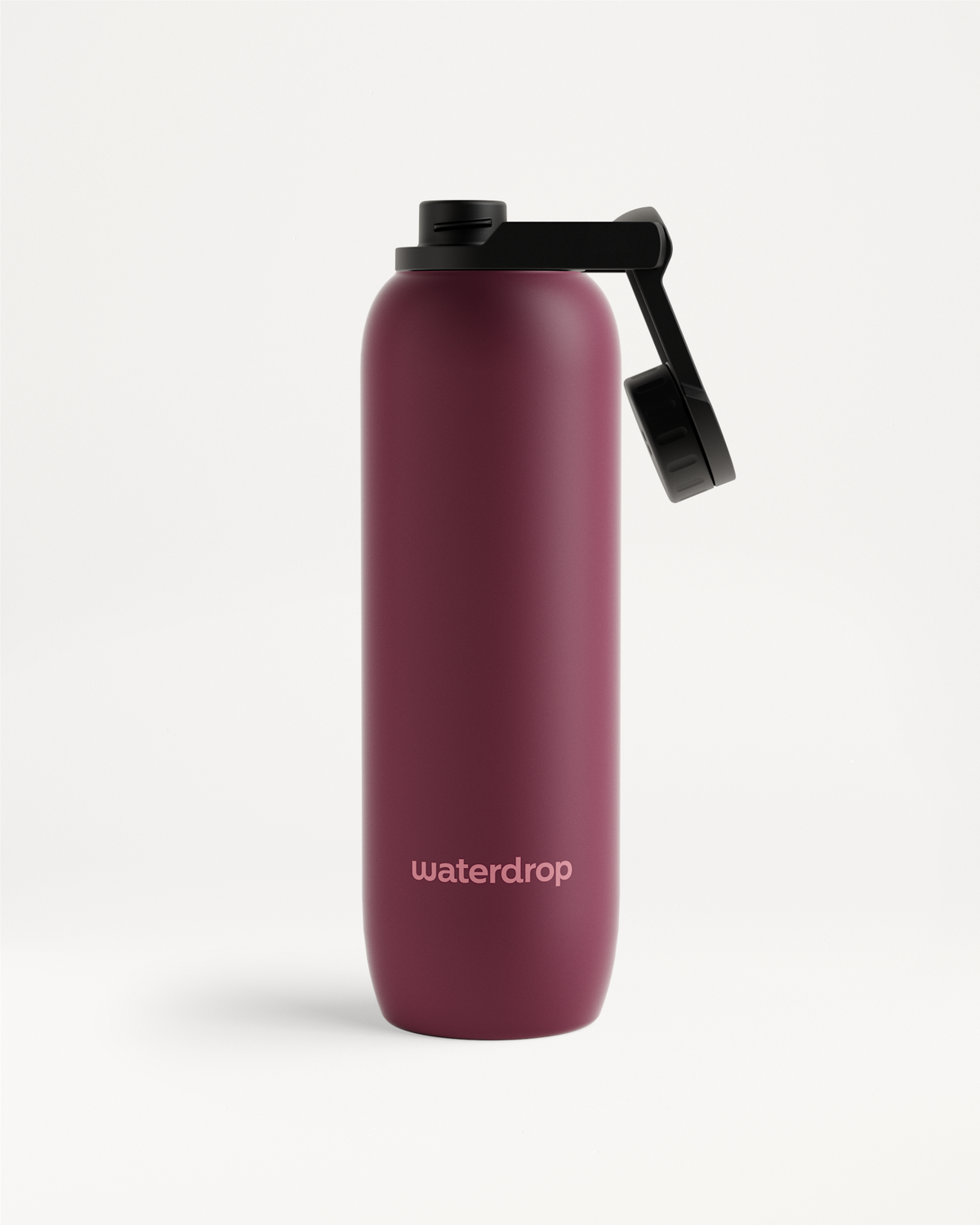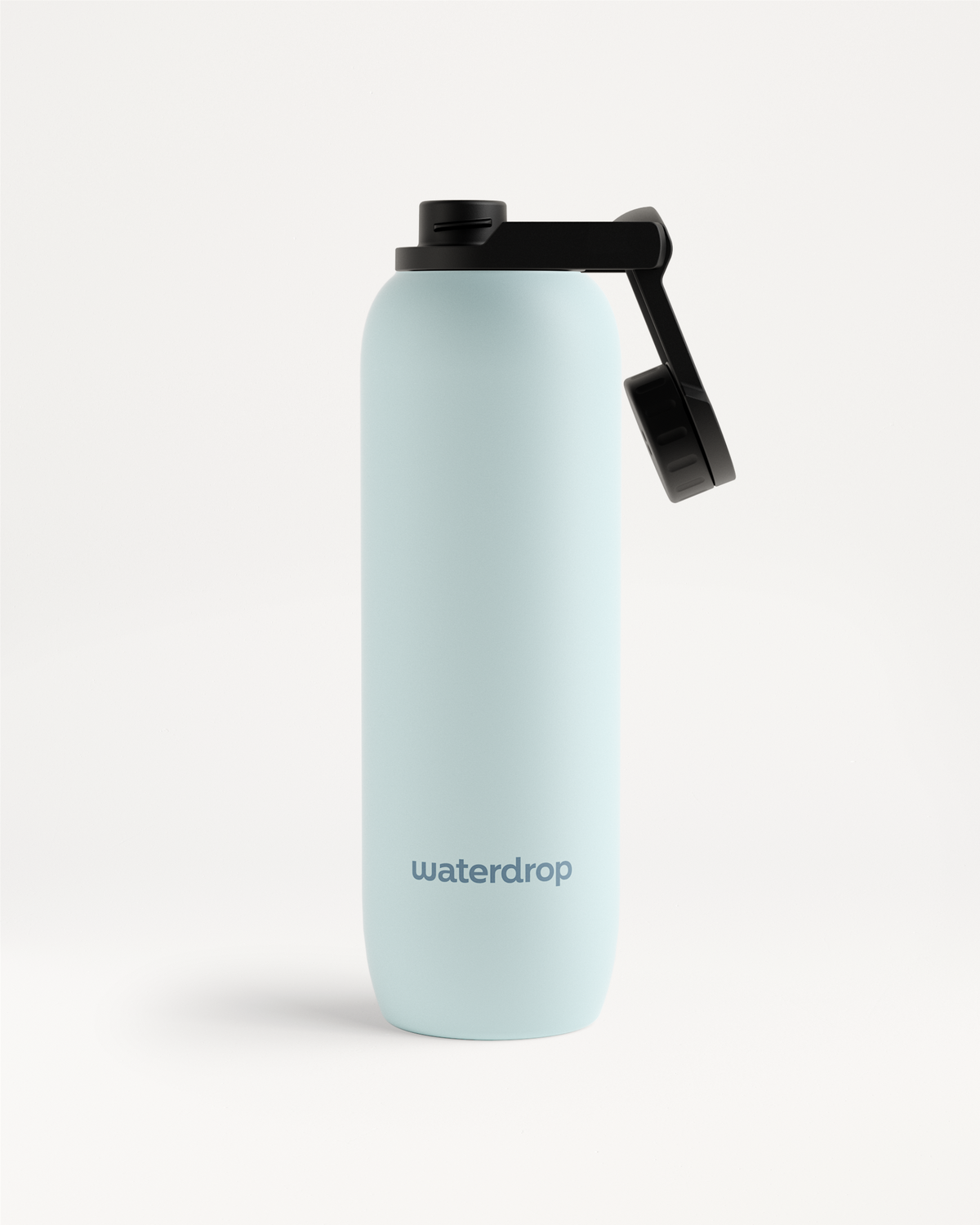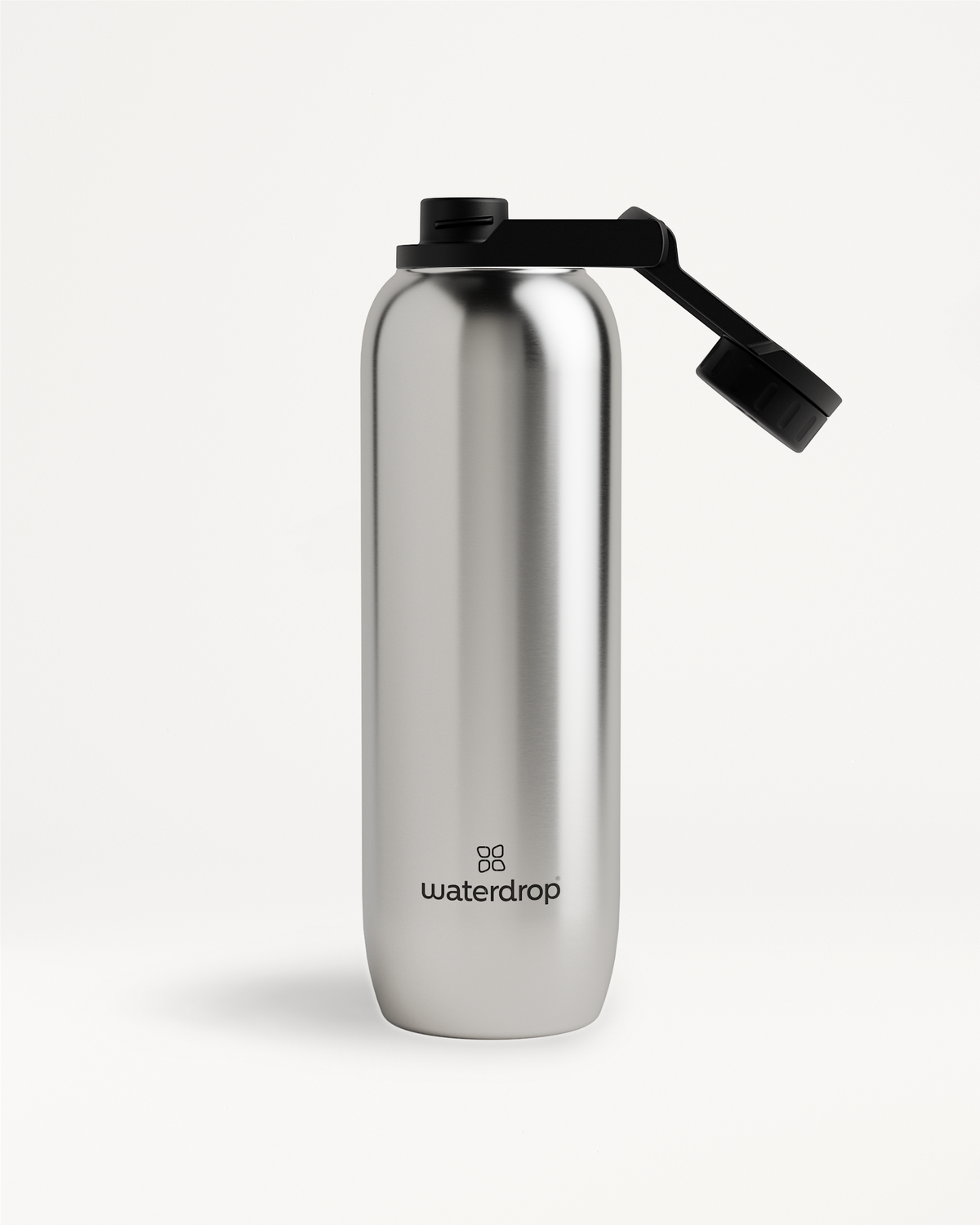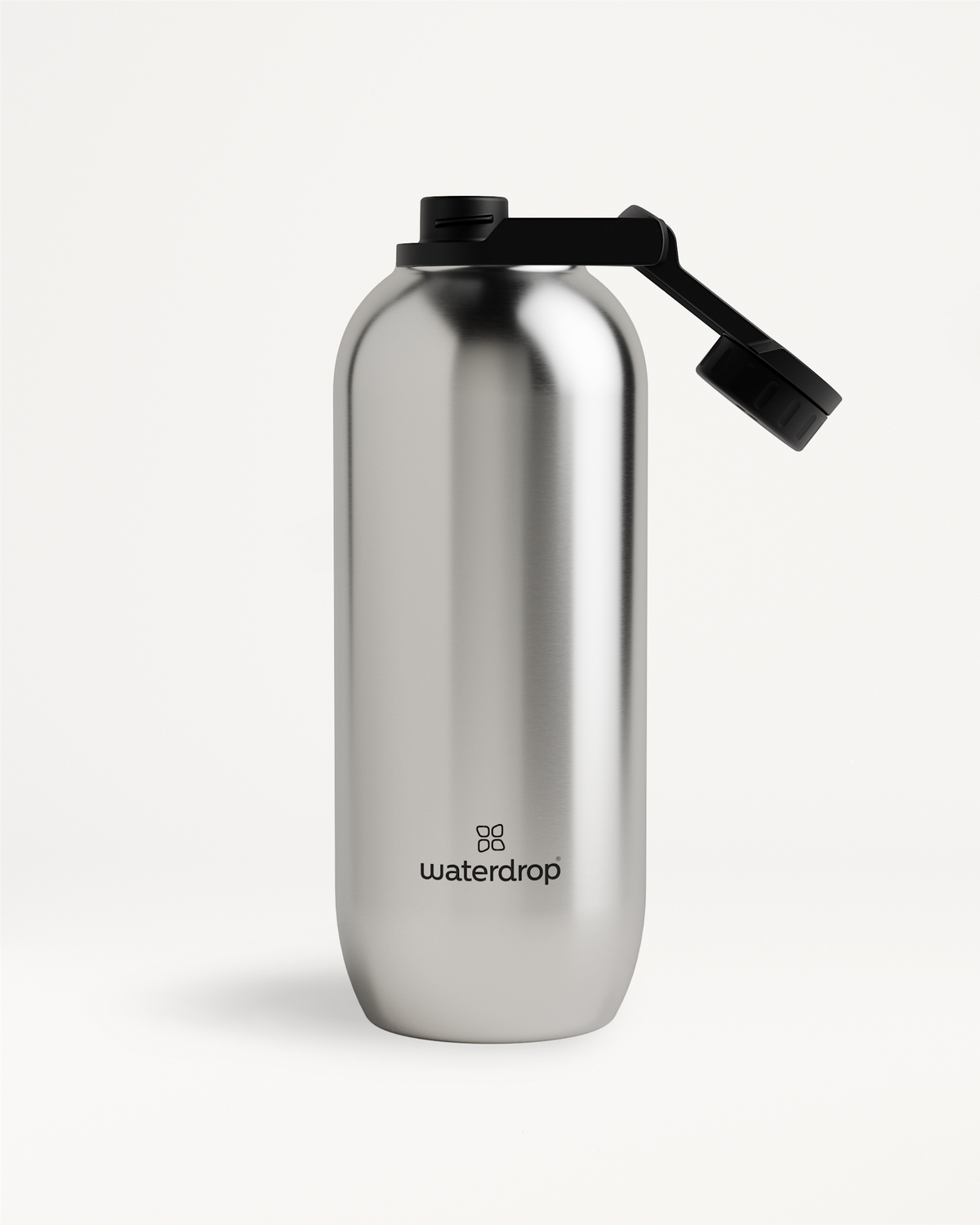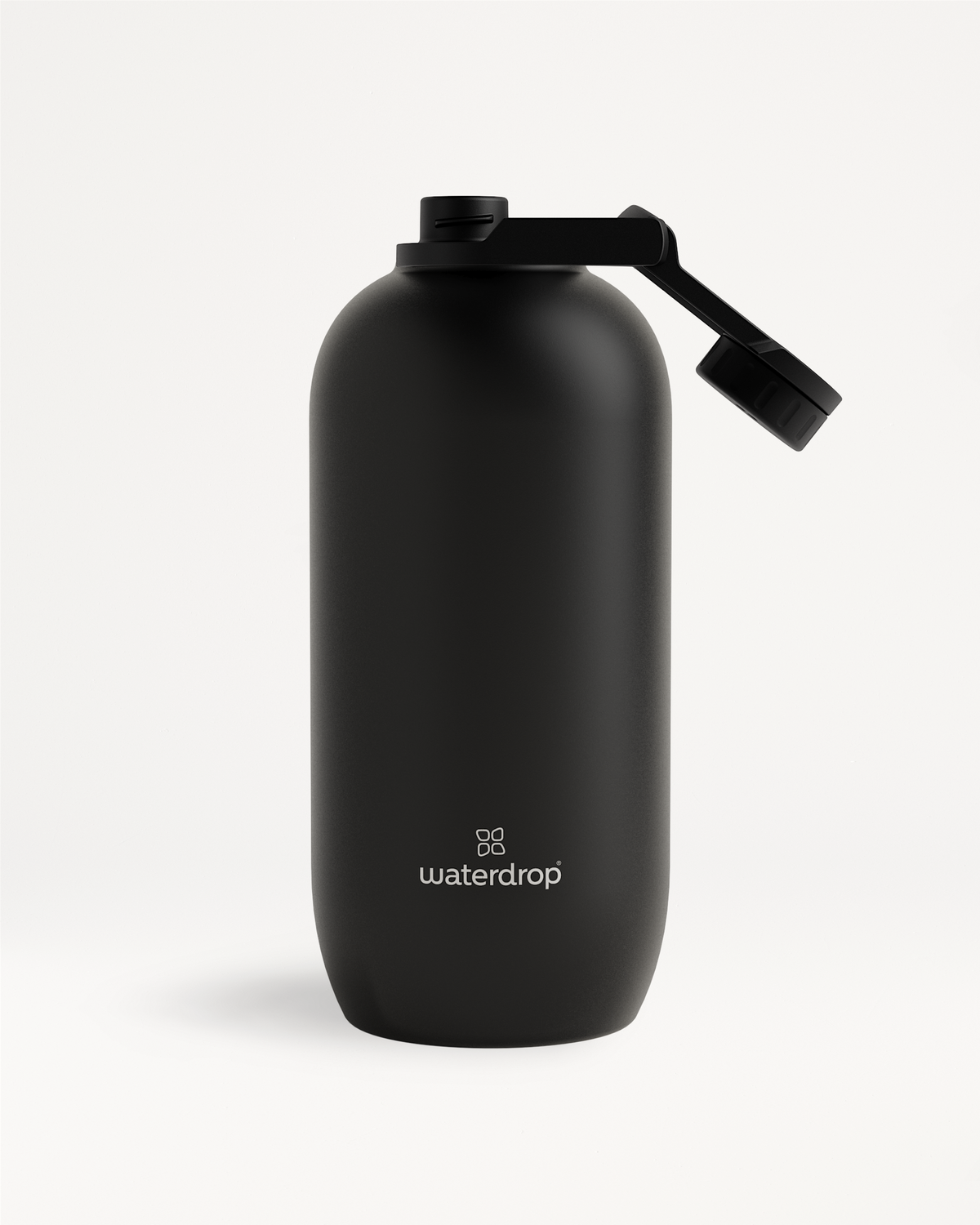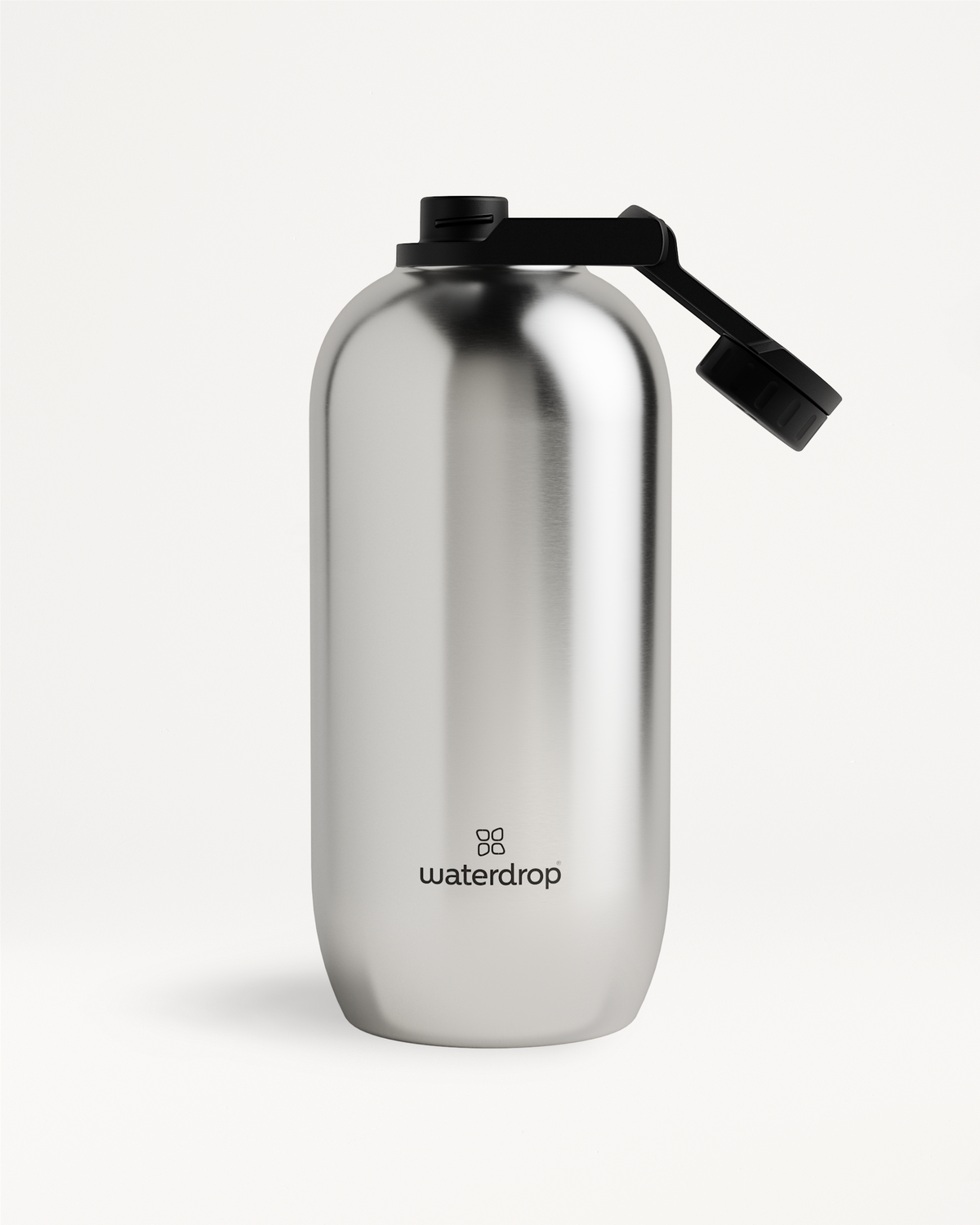It sounds simple. When you exercise, you sweat. When doing intense or prolonged exercise, you sweat more¹. Sweat is made up of water and electrolytes, such as salt, so when exercising, your body gradually depletes its supply of them. Therefore, a sports drink made of water and electrolytes would be a beneficial solution to support both performance and rapid hydration².
Since the 1980s, athletes have been primed to stay ahead of thirst using specially made formulas that have since flourished a market driven by the vast importance of fluid replacement. Years on, and the sports beverage industry has much to offer, but it’s important to understand the three different types of sports energy drinks available: hypotonic, isotonic, and hypertonic.
The main difference between hypotonic, isotonic and hypertonic solutions is that isotonic solutions are solutions having equal osmotic pressures, while hypotonic solutions are solutions having a lower osmotic pressure and hypertonic solutions are solutions with a high osmotic pressure.
Understanding the key differences requires a brief explanation around tonicity³. Simply put, the tonicity of a drink measures the concentration of sugar and salts compared to the concentration found in the human body, mainly in your blood.
What is Hypotonic?
A hypotonic solution is low in tonicity. It has a lower solute concentration of salt and sugars than the blood, and therefore is absorbed at a faster rate⁴.
When a solution, in this case water, has a lower salt and sugar concentrate than the concentration of a cell, for example a red blood cell, the osmotic pressure is lower – osmotic pressure is the pressure required to be applied in order to avoid this solute movement through the semipermeable membrane (a biological or synthetic membrane that allows molecules and ions to pass through). This movement is often referred to as an osmotic flow.
The result of the above is a net movement of water into the cell, causing it to swell and eventually burst (plasmolysis). This explosion of sorts attempts to make the concentration of the cell interior and exterior solutions the same. In this case, the osmotic pressure that needs to be applied in order to stop the movement is less – easier movement at a faster rate.
The need for this net movement is to fulfill a state of equilibrium; every system, in this case the human body, requires balance in order to provision optimal functioning.
Traditionally, salt and sugar work to preserve food by destroying the microorganisms that contribute towards food spoilage; but when looking at a hypotonic solution, and its lower salt and sugar concentration, this type of solution doesn’t help the preservation of food.
Conclusion: hypotonic solution promotes osmotic flow into the cell with low osmotic pressure.
What is Hypertonic?
A hypertonic solution is high in tonicity. It has a higher solute concentration of salt and sugar than the blood⁵.
When compared to a hypotonic solution, a hypertonic one looks at rebalancing the concentration of a cell with its surrounding environment. In this case, the osmotic pressure is higher – because of a higher solute concentration – which enables the solutes to move along a concentration gradient (from high concentration to low concentration). When a solution is hypertonic, this may cause cells to shrink and shrivel – the result of net movement out of the cell via the semipermeable membrane.
Hypertonic solutions are used to preserve food because of their higher solute concentration of salt and sugar⁶. For example, fish is often soaked or packaged in a hypertonic solution to kill microbes that may harbor in the environment that the fish is being kept in. This is because microbe cells have a higher amount of water than solutes when compared to the water content in a hypertonic solution. The lack of water causes the cells to shrink, eventually killing the microbes.
Conclusion: hypertonic solution promotes osmotic flow out of the cell.
What is Isotonic?
The definition of isotonic is a solution that contains the same concentration of water and solutes, for example salt⁷.
If the solute concentrations are equal between the interior of the cell and the surrounding environment, there will be no net gain or loss of water from the cell. Such a situation is called isotonic.
And because of the solute concentrations being equal, such isotonic solutions are not useful for food preservation.
Conclusion: isotonic solution promotes no osmotic flow (because of having equal osmotic pressures).
Sports Drinks

Sports drinks, also known as electrolyte drinks, support athletes to replenish water, electrolytes and energy, before, during and after training.
The main components of sports drinks are water, carbohydrates and electrolytes⁸. Each plays their part in an individual’s performance, recovery and overall hydration. Whereas water is suitable for short-duration or moderate exertion, for example at the gym, the combination of water and electrolytes found in a sports drink can support an individual to replace and replenish what is typically lost through sweating – water and electrolytes – and are therefore better suited to individuals carrying out higher levels of training, fitness and exertion.
Let’s take a closer look at how hypotonic, isotonic and hypertonic solutions apply to sports drinks.
How do hypotonic sports drinks work?

Simply put, the fluids in a hypotonic sports drink are typically absorbed into the bloodstream faster because of their lower solute concentration and zero amounts of carbohydrates per unit volume.
How a hypotonic sports drink works is, when water is flowing from a lower solute concentration, for example the gut, to an area of higher concentration, for example the blood, the osmosis flow is quicker and easier, subsequently promoting faster hydration.
Hypotonic drinks are therefore best for rapid hydration⁹ rather than delivering large amounts of energy.
How do hypertonic sports drinks work?
Formulated with lots of carbohydrates, hypertonic sports drinks are more concentrated than your blood – the best option for individuals looking for a drink to support high intensity activities.
When a hypertonic solution lands in your gut, the body needs to draw water out of the bloodstream to dilute the solutes in order to absorb the nutrients back into the gut wall to then give you the energy you need.
Hypertonic drinks are best for getting calories into the body as fast as possible.
How do isotonic sports drinks work?
Most traditional sports drinks fall under the category of isotonic – they deliver a reasonable amount of energy and clear the gut fairly quickly. They typically deliver 1.5 to 2x more carbohydrates than a hypotonic sports drink, and because of this, can behave in a similar way to hypertonic drinks, but are often preferred as a ‘watered down’ version.
Isotonic drinks are best for short-duration training with a preference for energy.
How to find the best sports drink for you.
From personal preferences to the type of exercise or activity you are doing, there are many factors to consider when choosing a suitable sports drink.

Type of Activity
The type of sport or training will play a part in which sports drink is suitable for you. For example, when you are planning a light jog, you may opt for a drink that can be consumed both pre- and post-workout, whereas, a sport that is of higher intensity, a drink that provides optimal energy might be more suitable.
Personal Preferences
Taste is just as important as natural ingredients, fizziness, and even added caffeine. Keep the workout or training the same, just swap the drinks. Don’t be concerned about personalising your drink – and bottle – to your sport of choice.
Weather
When it’s warm, or even hot, you’re going to sweat. So you may swap high energy for an option rich in electrolytes to replenish – fast – what you’ll lose through sweating.
Conclusion
A properly formulated sports drink plays a valuable role in training and performance¹⁰, but when choosing the right sports drink, it’s important to establish what you need and want from it. Is it energy, hydration, or both? The definitions of hypotonic, isotonic and hypertonic can be used as benchmark insight into sports drinks, but be prepared to experiment based on factors such as activity, output, duration of training, and sweat levels.























